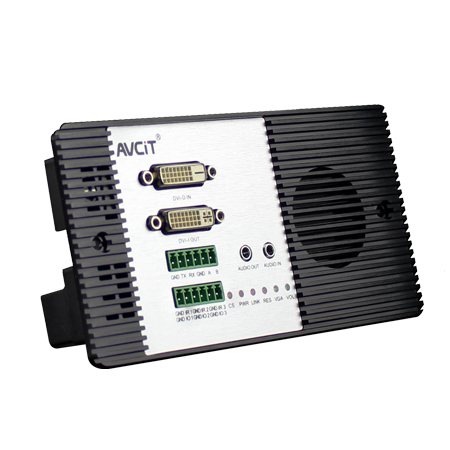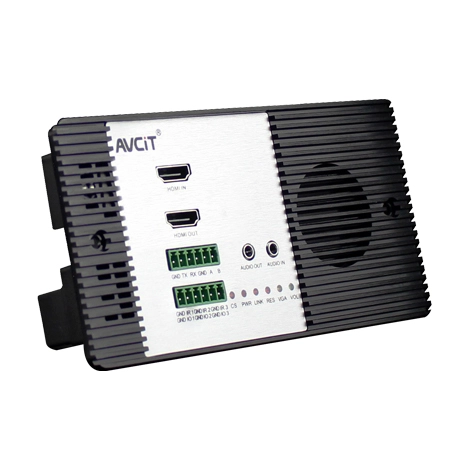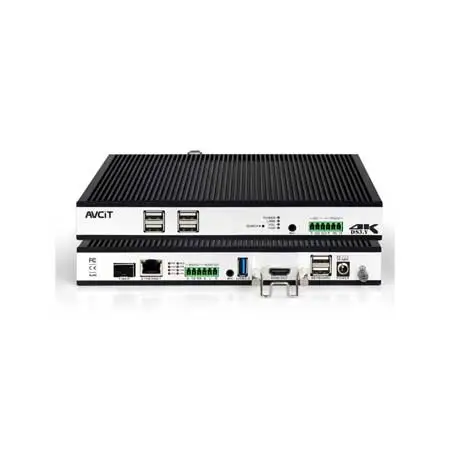Out of Sync to In Control: How AVCiT IP-BASED KVM Empowers Modern Command Centers
1. Background
Today’s command centers are under more pressure than ever. Whether it's air traffic control, public safety, or emergency response, operators juggle massive data streams, dozens of displays, and split-second decisions all at once.
However, many command centers still rely on aging infrastructure. Tangled cables, oversized hardware, and siloed systems slow everything down, and make life harder for operators. AVCiT provides a smarter, more streamlined solution designed to meet the needs of modern command environments.

2. The Challenge: Too Many Systems, Not Enough Flexibility
The command center's legacy architecture presented several persistent challenges that hindered both daily operations and long-term scalability.
● Excessive and Complex Equipment
The previous setup relied on a wide array of dedicated hardware components, including matrix switchers, and signal converters. This not only consumed valuable space in equipment rooms and workstations but also increased system complexity and operational overhead.
● Limitations of Centralized Architecture
All data and video signals had to pass through a centralized matrix system, easily creating multi-points of failure. Any hardware malfunction in the core system risked bringing the entire control room offline, making reliability a constant concern.
● Lengthy Installation Time
Integrating new workstations, displays, or sources required extensive wiring, hardware configuration, and physical system rebalancing. This significantly extended installation timelines and disrupted existing workflows during upgrades or reconfigurations.
● Difficult Maintenance
Troubleshooting even minor issues often required system-wide diagnostics. With so many devices tightly interconnected, identifying and resolving a fault demanded time and technical expertise, resulting in delayed incident responses and operational downtime.
● Limited Expansion Capabilities
The system was built for fixed capacity. As operational demands increased and more data sources were added, the command center quickly approached its hardware limits. Scaling the system required large-scale hardware upgrades and, in some cases, complete infrastructure redesigns.
● Complex and Time-Consuming Expansion Process
Each expansion, whether to support new locations, departments, or operator workstations, was a manual, resource-intensive effort. Upgrades often meant rerouting cabling, replacing switch gear, and coordinating downtime across departments, all of which posed serious logistical challenges.
These limitations highlighted the urgent need for a more flexible, scalable, and resilient solution that could keep pace with the center's operational demands while reducing risk, complexity, and downtime.
3. AVCiT's IP-Based KVM Solution
AVCiT's IP-Based KVM Solution flips the traditional model on its head. Instead of relying on a single control server, it operates on a fully distributed architecture in which every input, output, and operator is part of a smart, flexible network.

● Distributed Architecture
Each node operates independently, meaning that any malfunction affects only the affected node without disrupting the rest of the system. This design significantly enhances system reliability and ensures continuous operation.This approach ensures flexibility, making it easy to expand or upgrade the system by simply adding or replacing modules without disrupting the overall operation. It simplifies maintenance, reduces costs through reusability, and improves reliability by isolating faults to individual units.
● High Image Quality and Low Latency
By supporting multiple signal formats such as HDMI, DVI, VGA, SDI, and RTSP streams, along with 4K Ultra HD resolution and advanced H.265 encoding, the system delivers sharp, color-accurate visuals while maintaining efficient bandwidth usage. Optimized for real-time operations, it minimizes end-to-end latency and enables seamless control,even under 2ms.
● Intelligent KVM Control
It offers a streamlined, secure way to manage multiple systems across complex environments. Operators can control several hosts from one screen using intuitive mouse or touch input, quickly switch sources via OSD(on-screen display) menus, and visually preview or push signals to other displays. The cross-platform accessing function improves the communication and efficiency.. A visual interface allows for intuitive preview and management of signal sources, enhancing coordination across departments and improves situational awareness.
● Video Wall Management
Users can preview and switch signal sources, adjust layouts, and manage content with ease. The system supports multi-user access with permission control, along with features like annotations, automated scheduling, and third-party device integration. With built-in system monitoring, it ensures reliable and efficient operation in control rooms and other critical environments.
● Unified Control and Management
The all-in-one platform streamlines system operation, configuration, and monitoring. Through a single intuitive interface, users can manage video walls, KVM switching, and signal distribution, while real-time device status updates and multi-level permission controls ensure secure and efficient coordination.
● User Access and Permission Management
Through role-based access control and multi-factor authentication, users are granted permissions according to their roles, with access limited to specific devices or functions as required. An intuitive interface and audit logs make it easy to manage users and track activity, while temporary access options provide flexibility without compromising security.
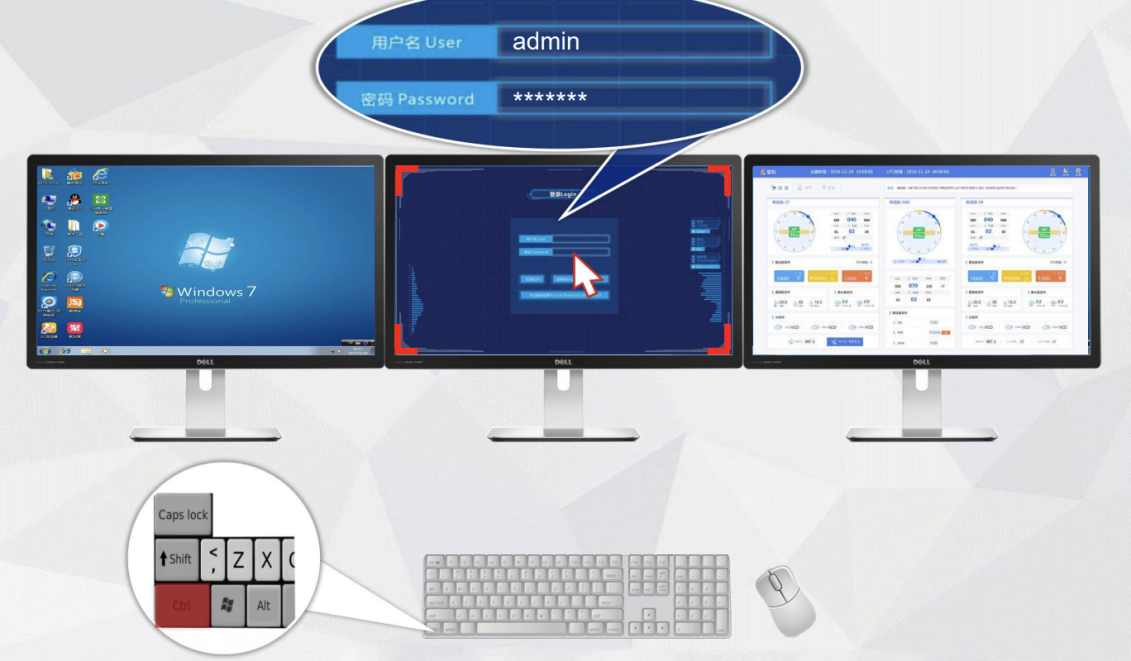
● Rapid Fault Diagnosis and Maintenance
It supports rapid fault diagnosis and maintenance through real-time system monitoring, automated alerts, and detailed fault logs that help quickly locate and resolve issues. Its modular, redundant design allows faulty components to be replaced without interrupting system operation, while remote maintenance capabilities reduce on-site response time.
4. Highlights
● Quick Deployment
System cabling is dramatically simplified by leveraging standard Ethernet infrastructure and a fully distributed architecture. Instead of relying on bulky, point-to-point connections, the approach of decentralized architect which means each encoder and decoder connects to the nearest display not only simplifies the initial setup but also enhances long-term scalability and maintenance.
● Seamless Signal Switching
The system ensures smooth, uninterrupted signal transitions between sources, eliminating black screens, flickering, or audio-video de-synchronization during switching. Designed with real-time responsiveness in mind, it delivers near-instantaneous switching—crucial for command centers and other time-sensitive environments.
● High Compatibility and adaptability
This system is engineered for broad compatibility across a diverse range of devices, platforms, and systems. It integrates seamlessly with servers, IP cameras, video conferencing systems, and other input/output devices.Meanwhile, it also supports a wide variety of third-party devices, including IP cameras, lighting systems, motorized curtains, power controllers, and environmental sensors. the system delivers a flexible, interoperable environment that meets the evolving demands of modern command centers.Users can manage all connected devices through a unified interface, automate workflows using preset scenarios.
5. Conclusion
By implementing AVCiT’s IP-based KVM solution, the command centers transformed from a fragmented, high-risk operation into a collaborative and future-ready environment. This scalable solution now supports complex, multi-site workflows and ensures rapid, informed decision-making during critical moments.
More than just solving technical challenges, AVCiT’s IP-based KVM solution empowers command center teams to take back control. With a flexible, intuitive and secure platform, operators can focus on what matters most—responding faster, enhancing coordination, and maintaining safety across every mission-critical operation.
Discover more about AVCiT’s IP-Based KVM Solution or contact us to optimize your command center today.
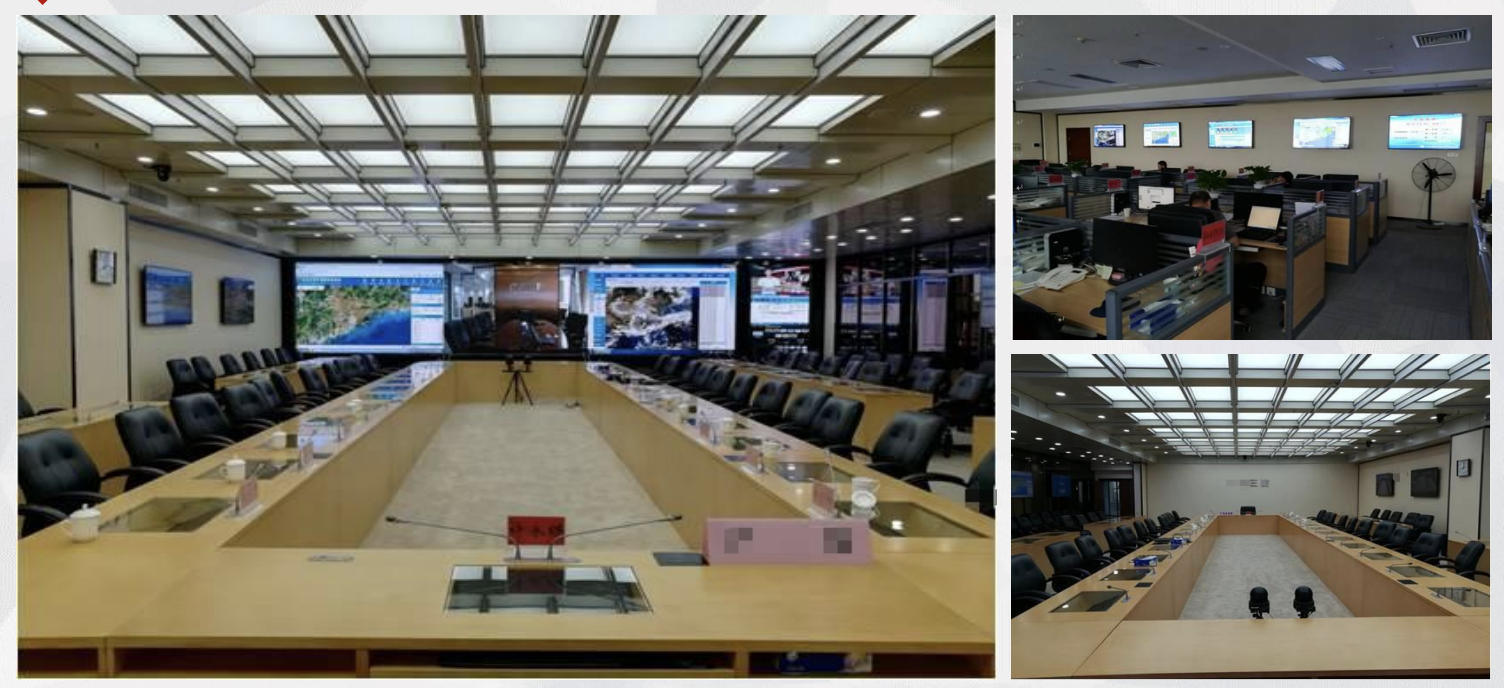

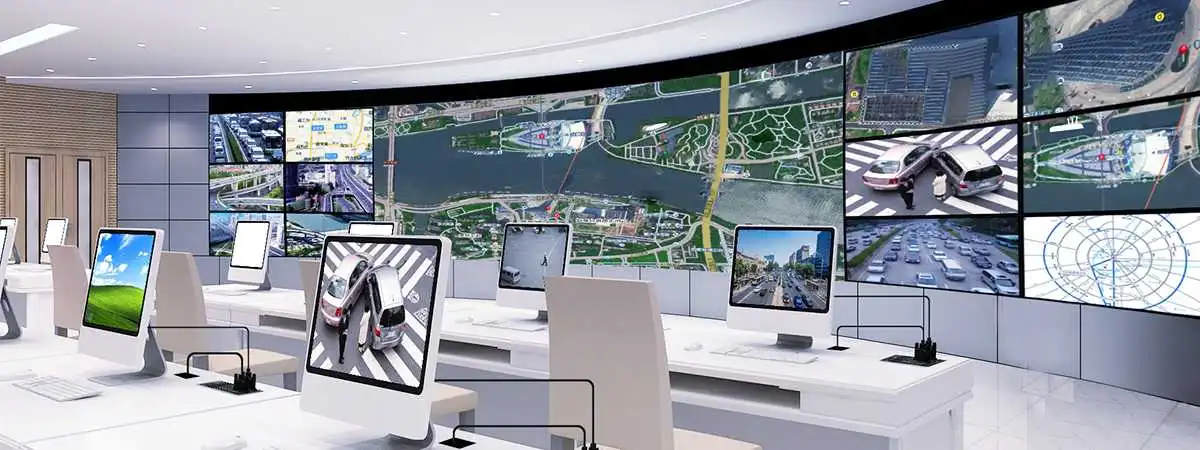

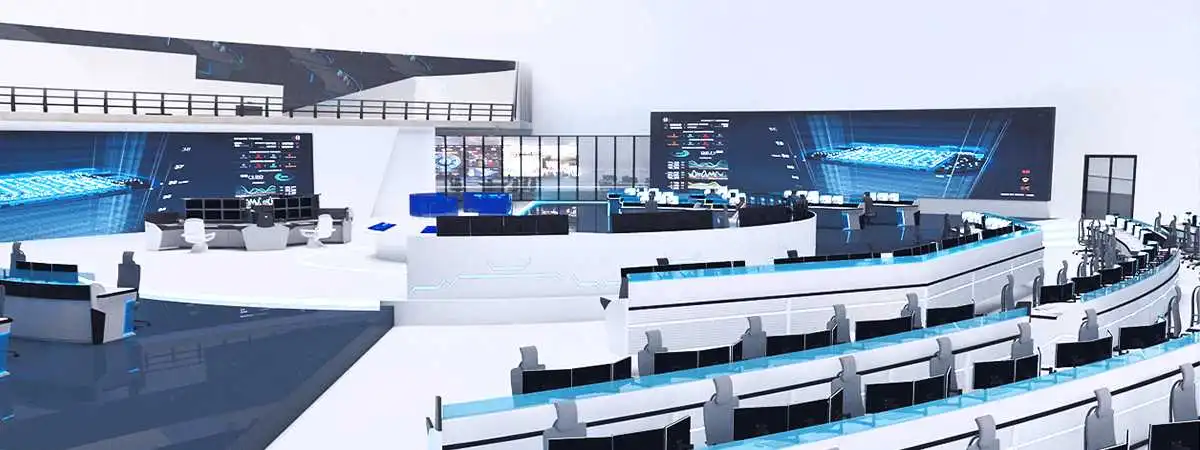
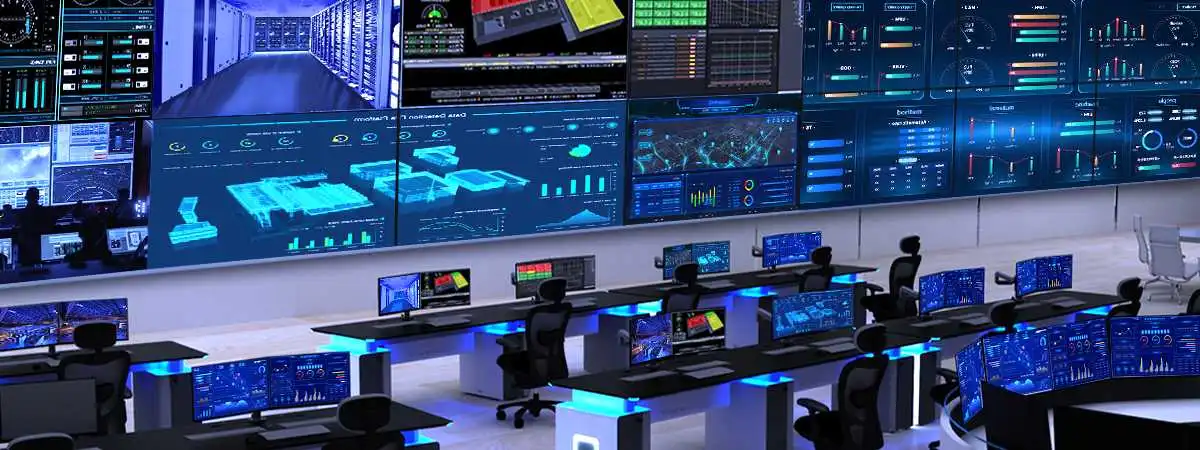
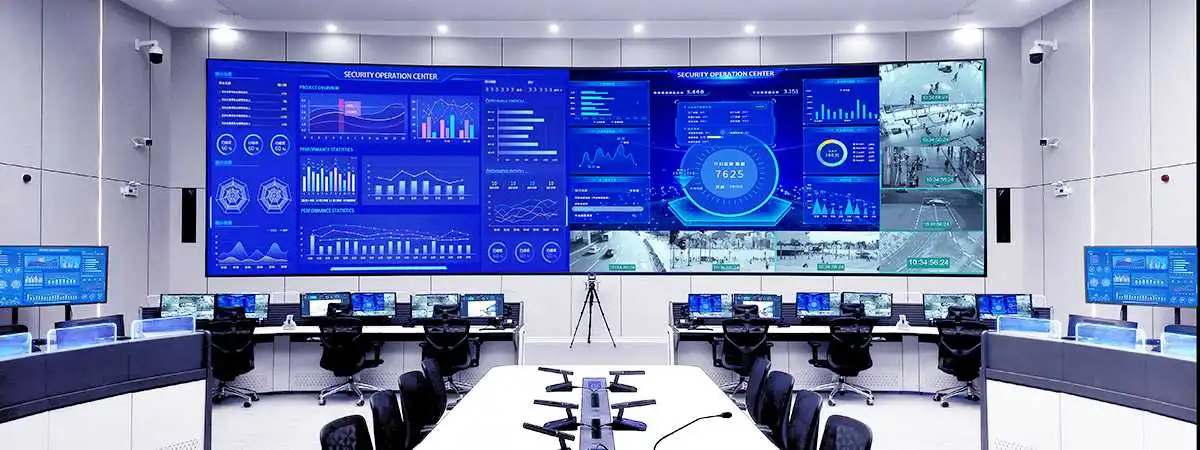
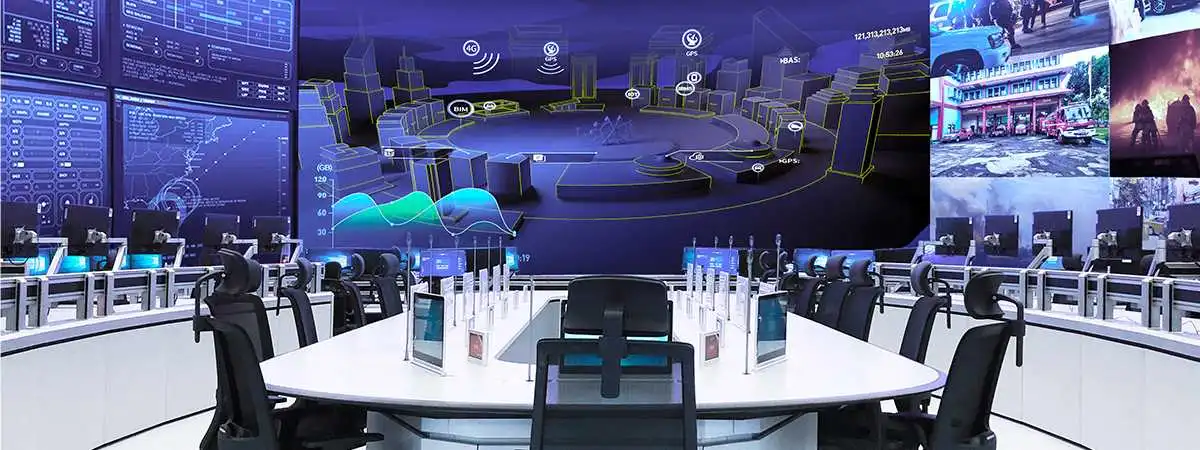

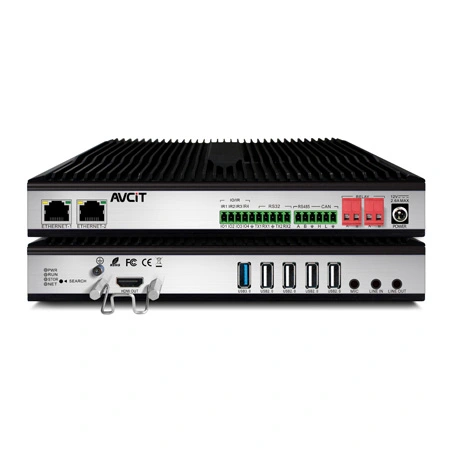 AIVC-16CH AI BOX
AIVC-16CH AI BOX
 2K HDMI Video Codec
2K HDMI Video Codec
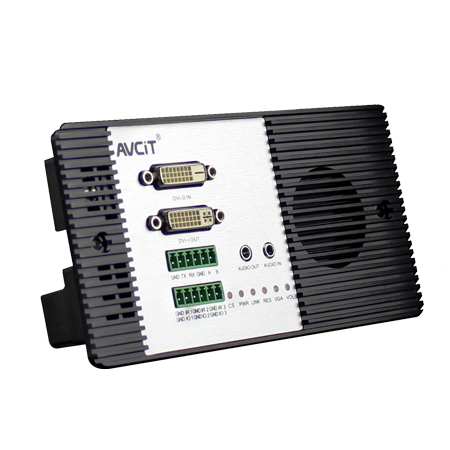 2K DVI Video Codec
2K DVI Video Codec
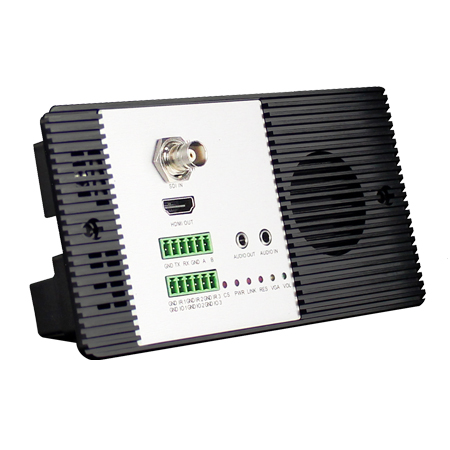 2K SDI Video Codec
2K SDI Video Codec
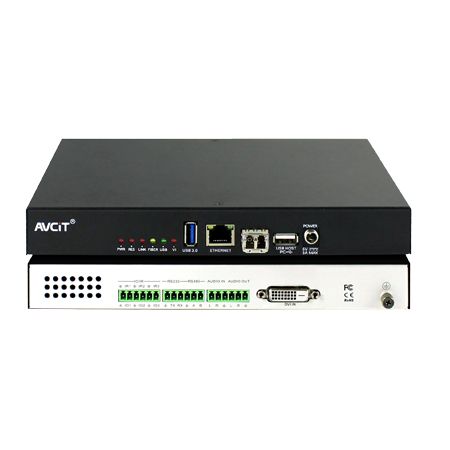 2K HDMI Video Encoder
2K HDMI Video Encoder
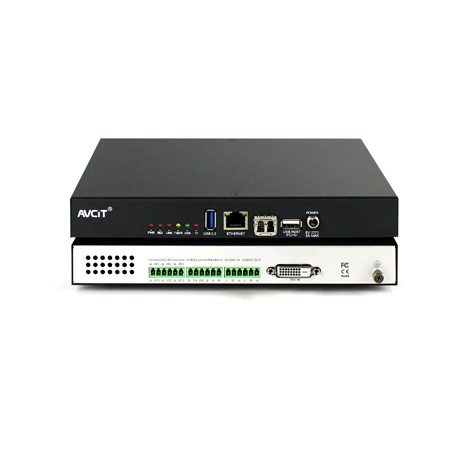 2K DVI Video Encoder
2K DVI Video Encoder
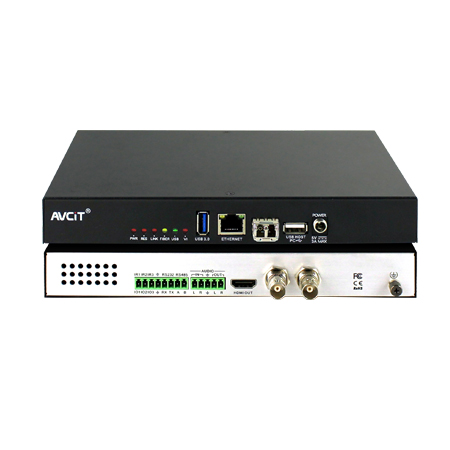 2K SDI Video Encoder
2K SDI Video Encoder
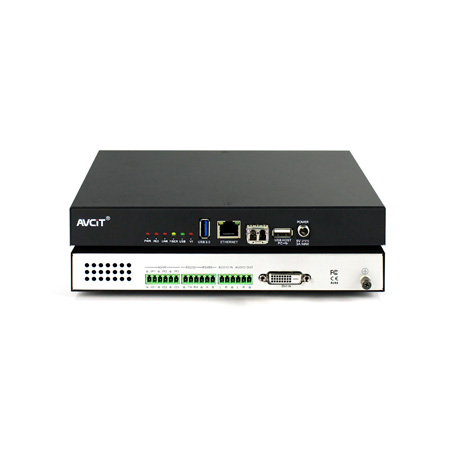 2K VGA Video Encoder
2K VGA Video Encoder
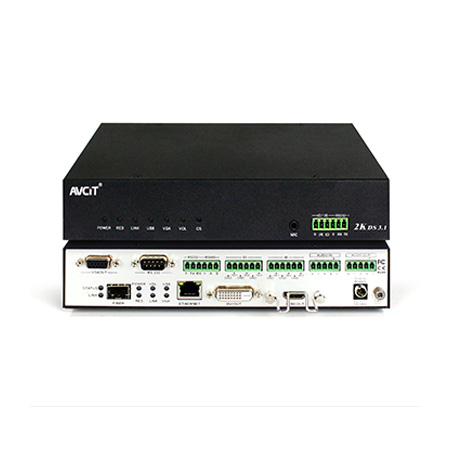 2K Video Wall Decoder (HDMI+DVI)
2K Video Wall Decoder (HDMI+DVI)
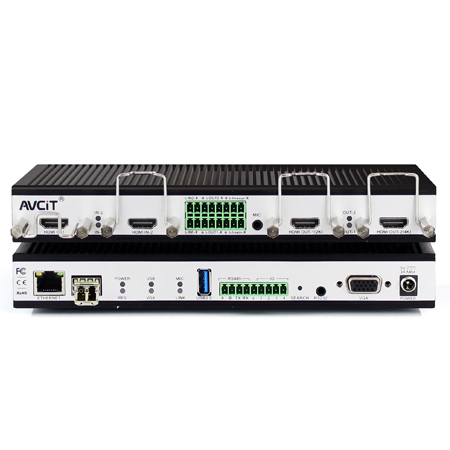 4K HDMI Video Encoder
4K HDMI Video Encoder
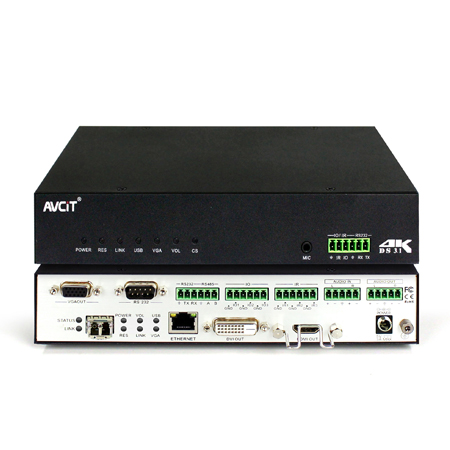 4K HDMI Video Decoder
4K HDMI Video Decoder
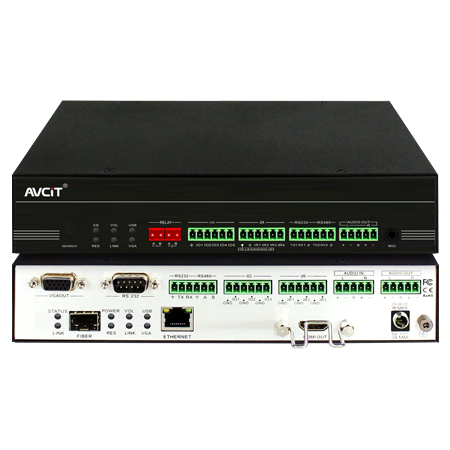 4K HDMI Video Wall Decoder
4K HDMI Video Wall Decoder
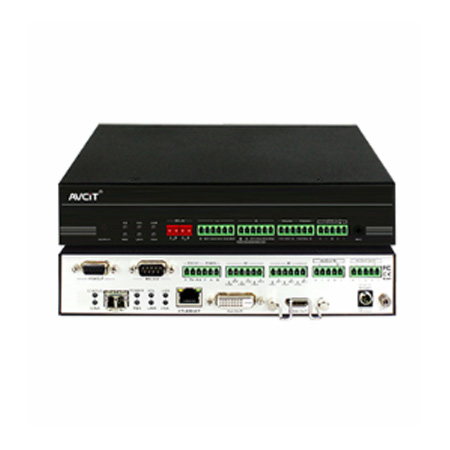 4K HDMI + DVI Video Wall Decoder
4K HDMI + DVI Video Wall Decoder
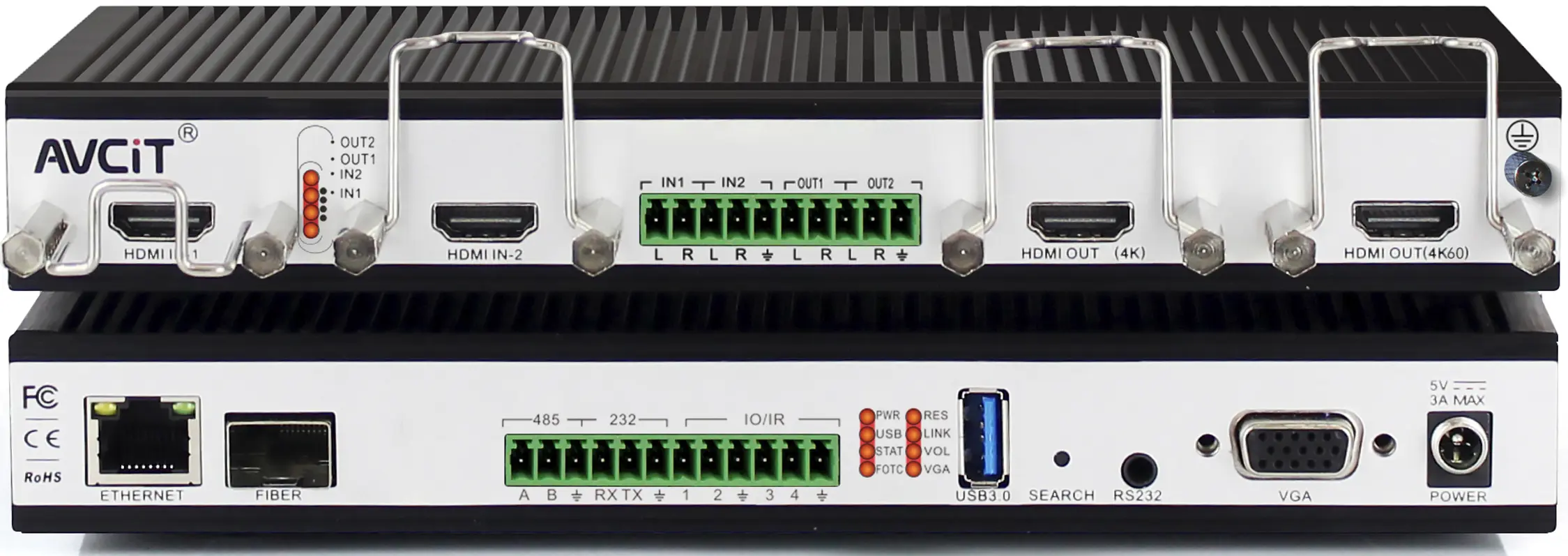 4K HDMI Dual Channel Codec
4K HDMI Dual Channel Codec
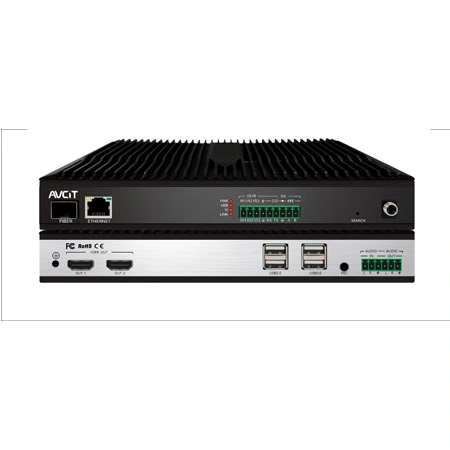 8K HDMI Decoder
8K HDMI Decoder
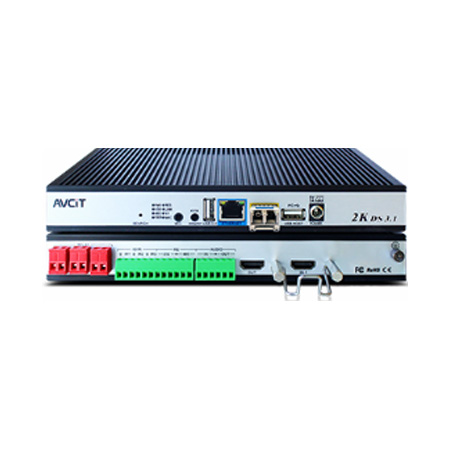 2K KVM Encoder - HDMI
2K KVM Encoder - HDMI
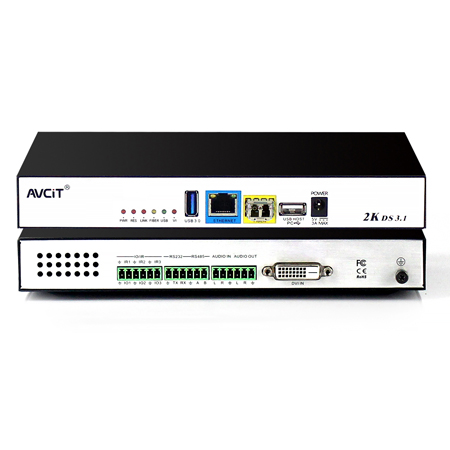 2K KVM Encoder - DVI
2K KVM Encoder - DVI
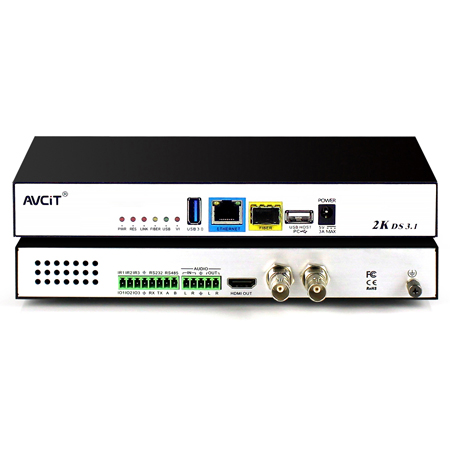 2K KVM Encoder - SDI
2K KVM Encoder - SDI
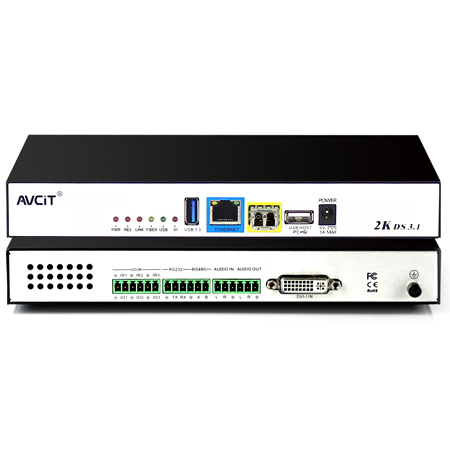 2K KVM Encoder - DVI-I(VGA)
2K KVM Encoder - DVI-I(VGA)
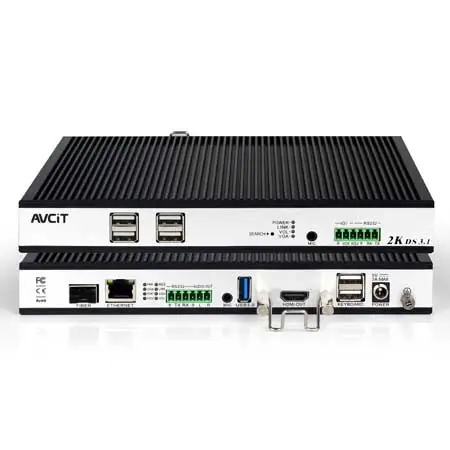 2K KVM Decoder - HDMI
2K KVM Decoder - HDMI
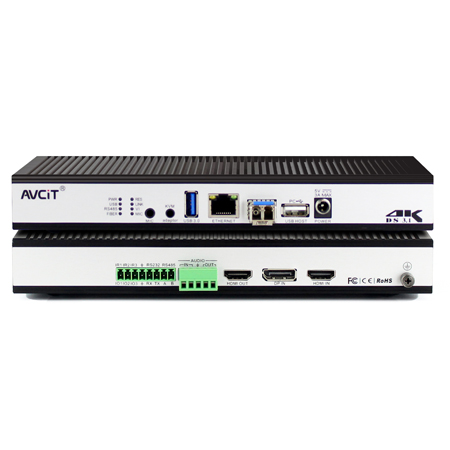 4K KVM Encoder - HDMI + DP
4K KVM Encoder - HDMI + DP
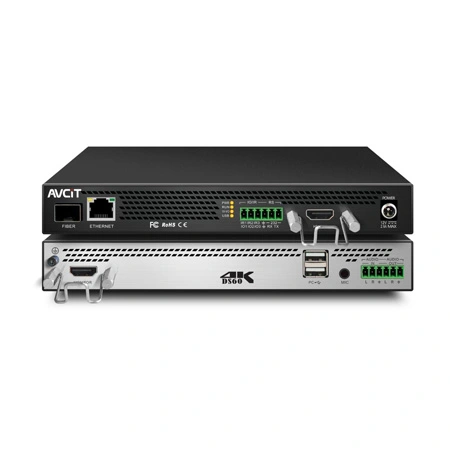 4K@60 KVM Encoder - HDMI
4K@60 KVM Encoder - HDMI
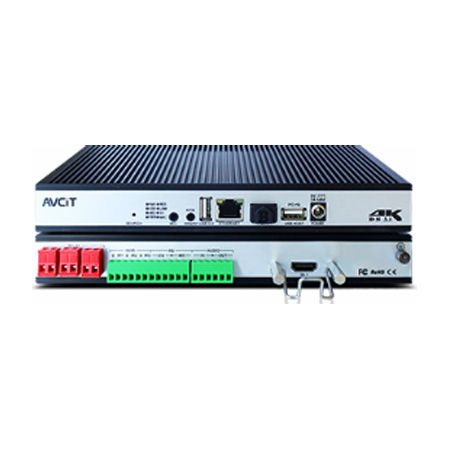 4K KVM Encoder - HDMI + HDMI
4K KVM Encoder - HDMI + HDMI
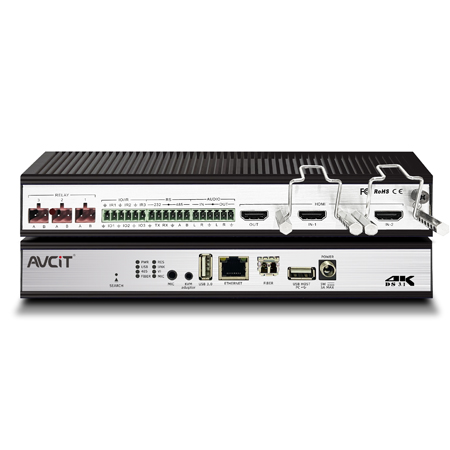 4K KVM Encoder - HDMI
4K KVM Encoder - HDMI
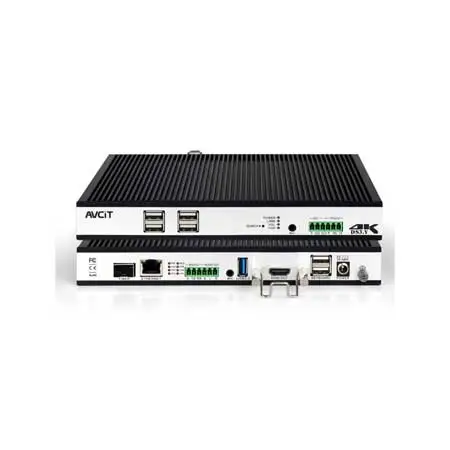 4K KVM Decoder - HDMI
4K KVM Decoder - HDMI
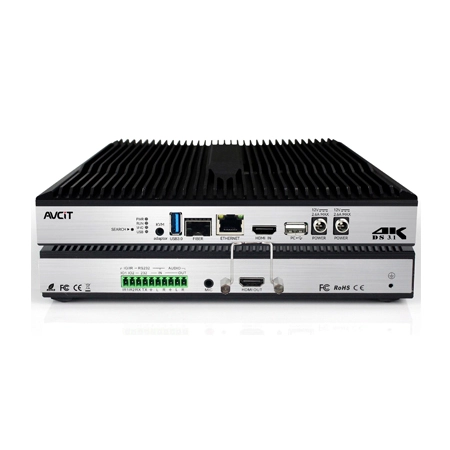 4K60 4:4:4 KVM Encoder - HDMI
4K60 4:4:4 KVM Encoder - HDMI
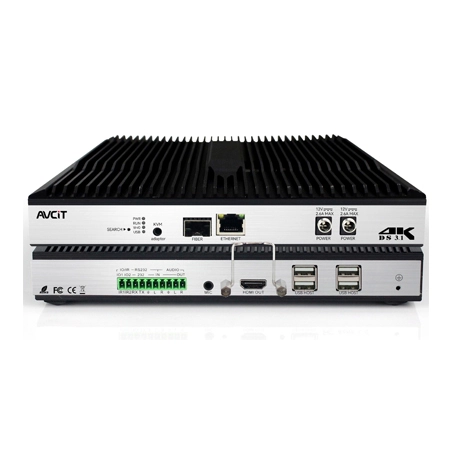 4K60 4:4:4 KVM Decoder-HDMI
4K60 4:4:4 KVM Decoder-HDMI
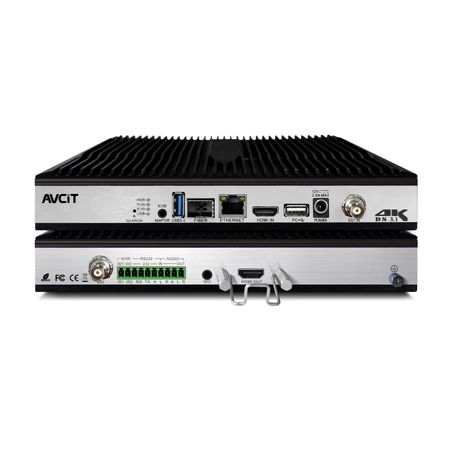 4K60 4:4:4 KVM Encoder - HDMI + SDI
4K60 4:4:4 KVM Encoder - HDMI + SDI
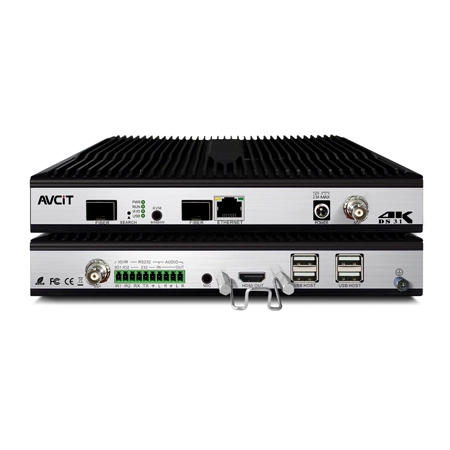 4K60 4:4:4 KVM Decoder - HDMI + SDI
4K60 4:4:4 KVM Decoder - HDMI + SDI
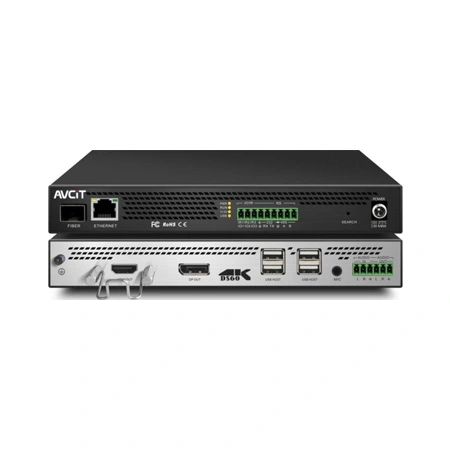 5K KVM Decoder - HDMI +DP
5K KVM Decoder - HDMI +DP
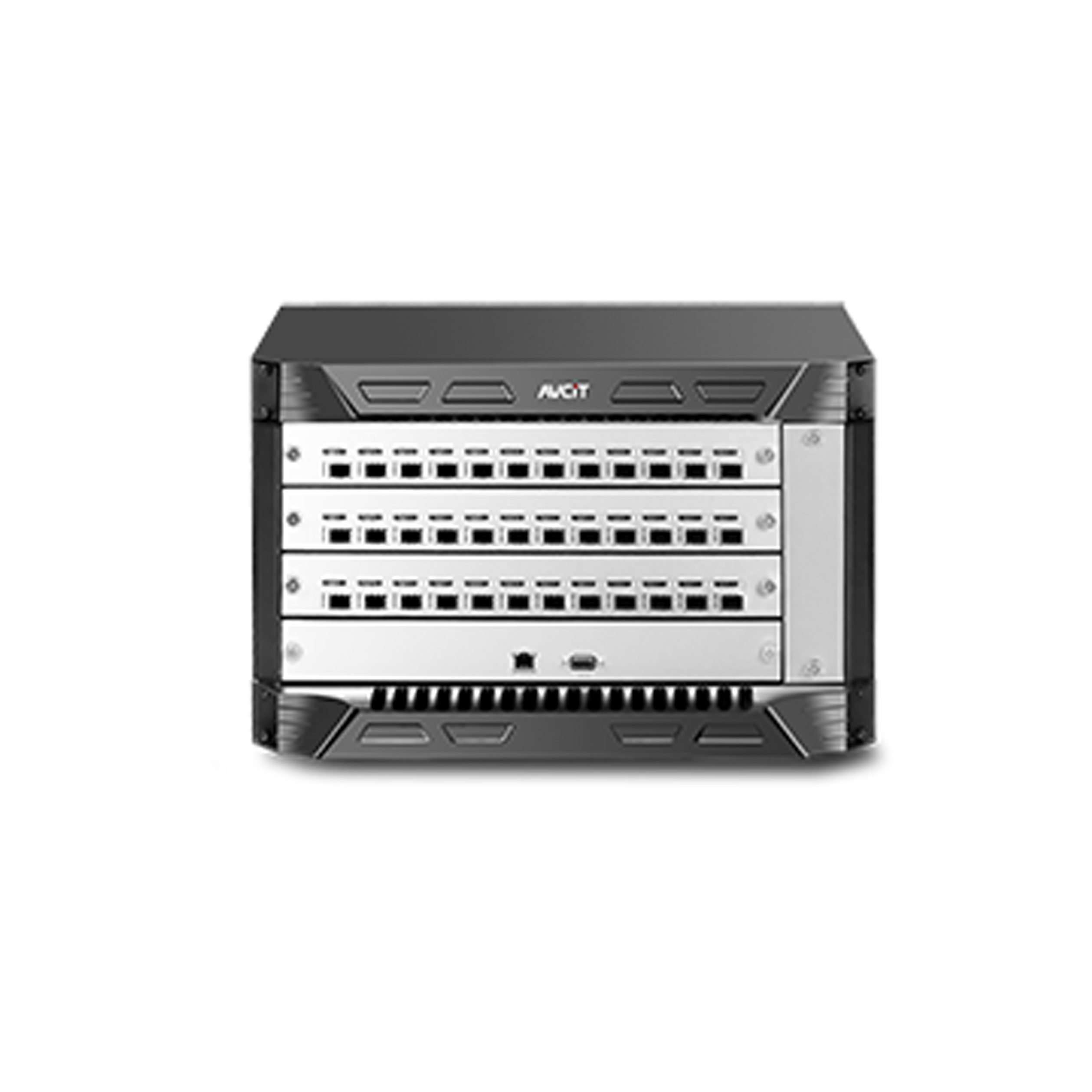 Phinx-36 Ports Fiber KVM Matrix
Phinx-36 Ports Fiber KVM Matrix
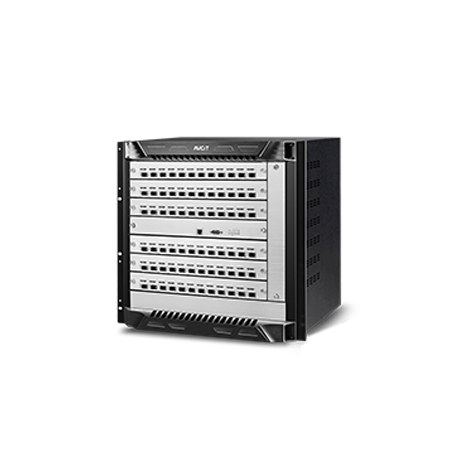 Phinx-72 Ports Fiber KVM Matrix
Phinx-72 Ports Fiber KVM Matrix
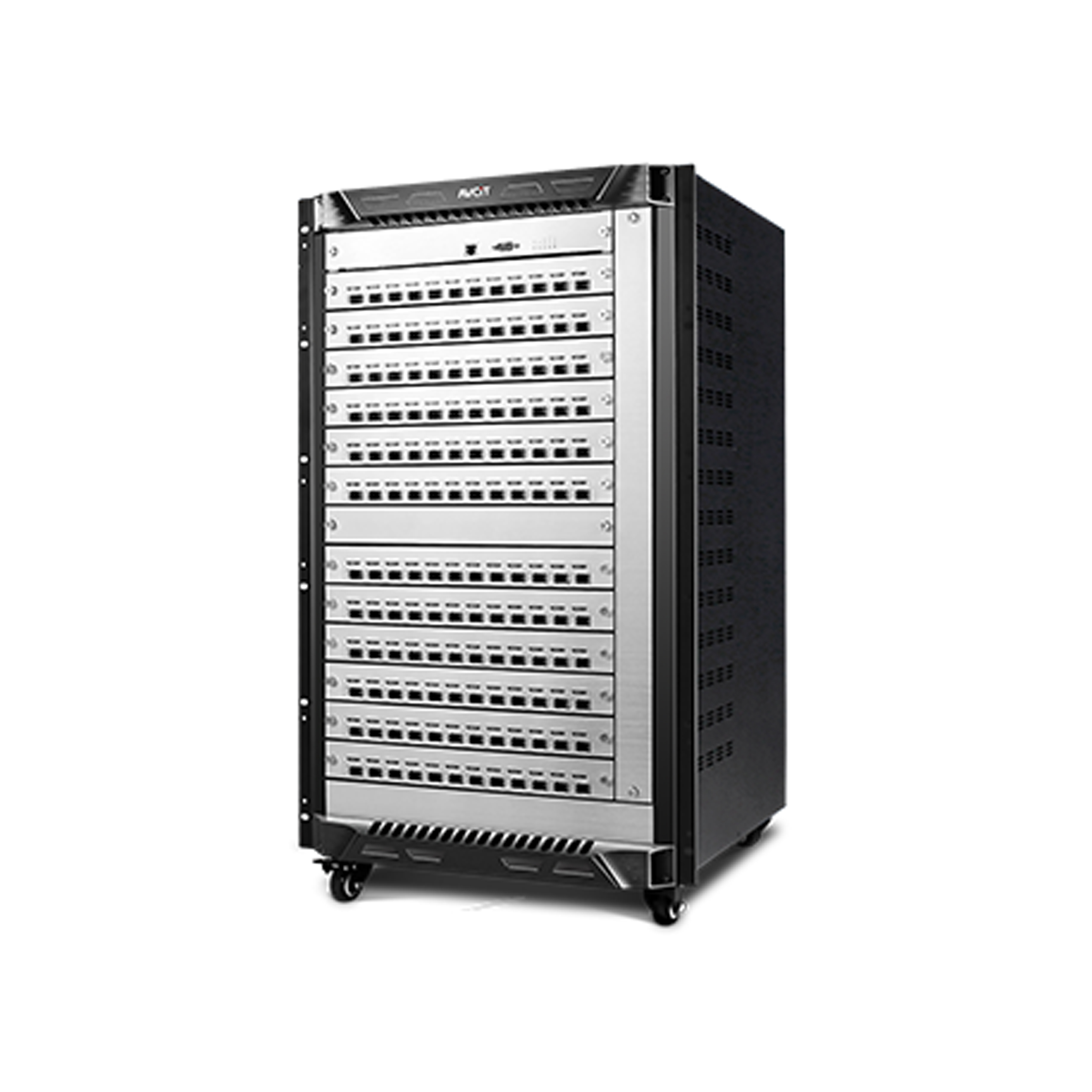 Phinx-144 Ports Fiber KVM Matrix
Phinx-144 Ports Fiber KVM Matrix
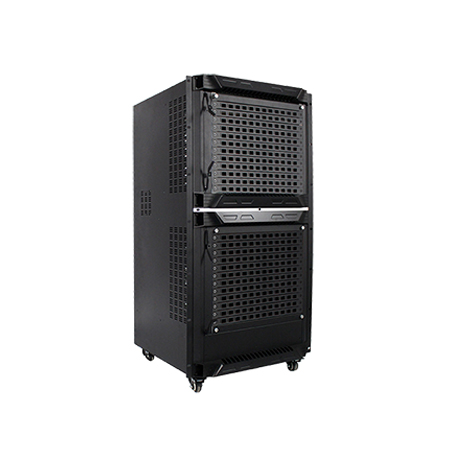 Phinx-288 Ports Fiber KVM Matrix
Phinx-288 Ports Fiber KVM Matrix
 Phinx-576 Ports Fiber KVM Matrix
Phinx-576 Ports Fiber KVM Matrix
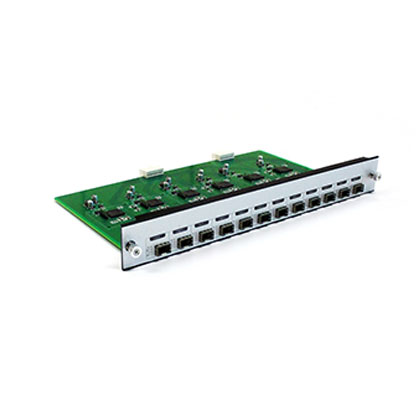 Phinx - I/O SFP Module Card
Phinx - I/O SFP Module Card
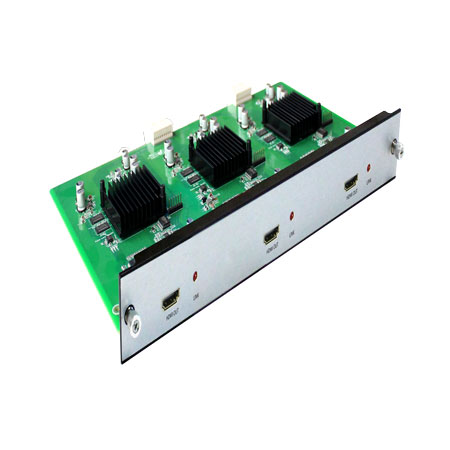 Phinx - Video Wall Control Card
Phinx - Video Wall Control Card
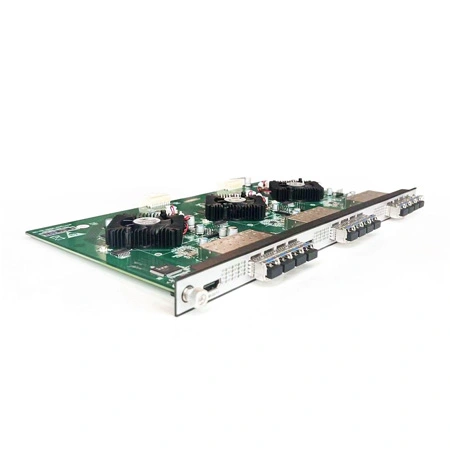 Phinx- Video Wall & SFP Card
Phinx- Video Wall & SFP Card
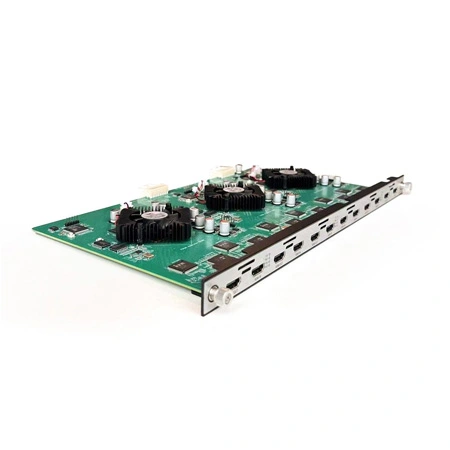 Phinx- Video Card(6IN6OUT)
Phinx- Video Card(6IN6OUT)
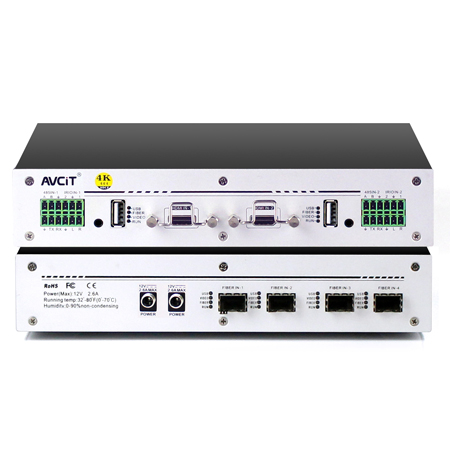 4K KVM Transmitter-HDMI
4K KVM Transmitter-HDMI
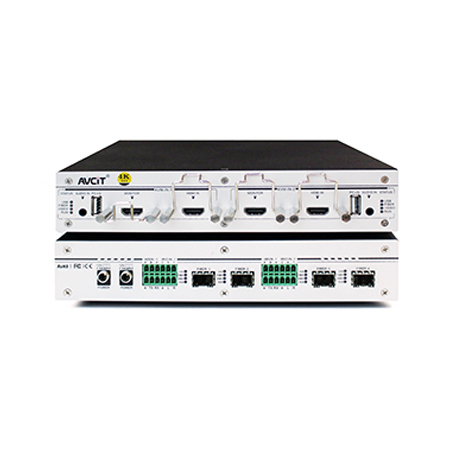 4K KVM Transmitter-HDMI+HDMI LOOP
4K KVM Transmitter-HDMI+HDMI LOOP
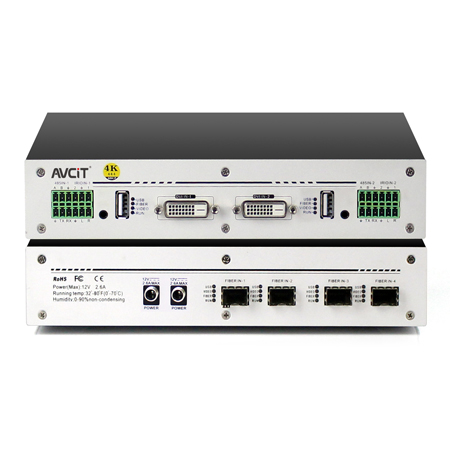 4K KVM Transmitter-DVI
4K KVM Transmitter-DVI
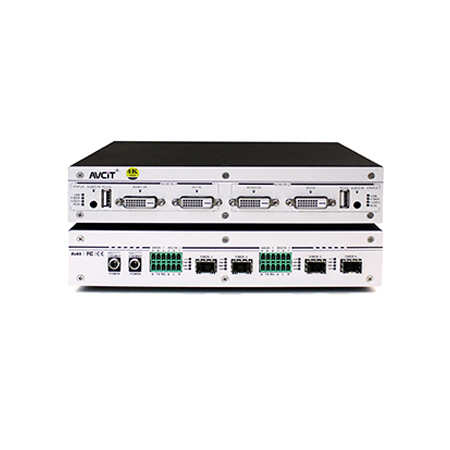 4K KVM Transmitter-DVI+DVI LOOP
4K KVM Transmitter-DVI+DVI LOOP
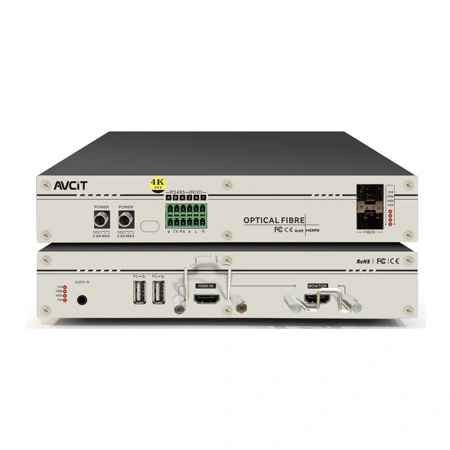 4K60 KVM Transmitter - HDMI
4K60 KVM Transmitter - HDMI
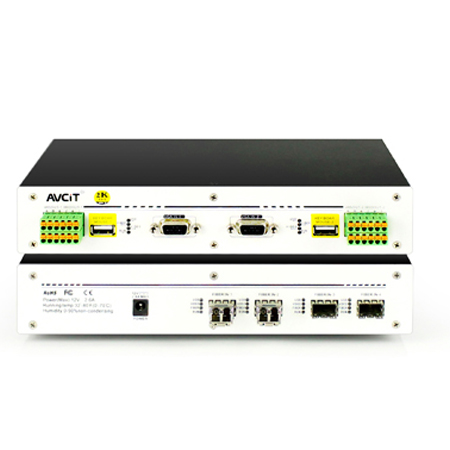 2K KVM Transmitter-VGA
2K KVM Transmitter-VGA
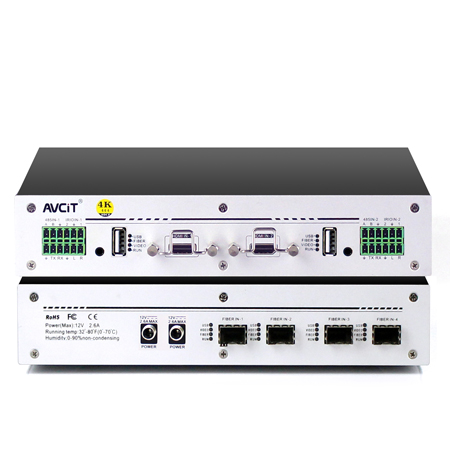 4K KVM Receiver-HDMI
4K KVM Receiver-HDMI
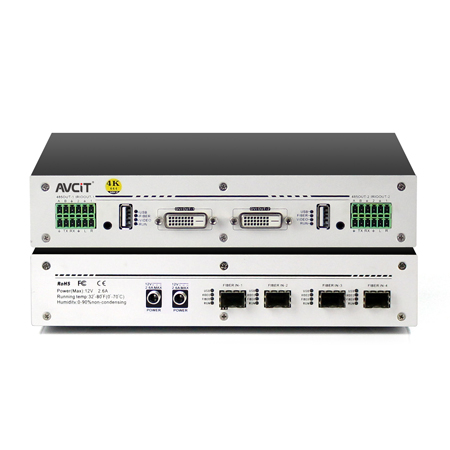 4K KVM Receiver-DVI
4K KVM Receiver-DVI
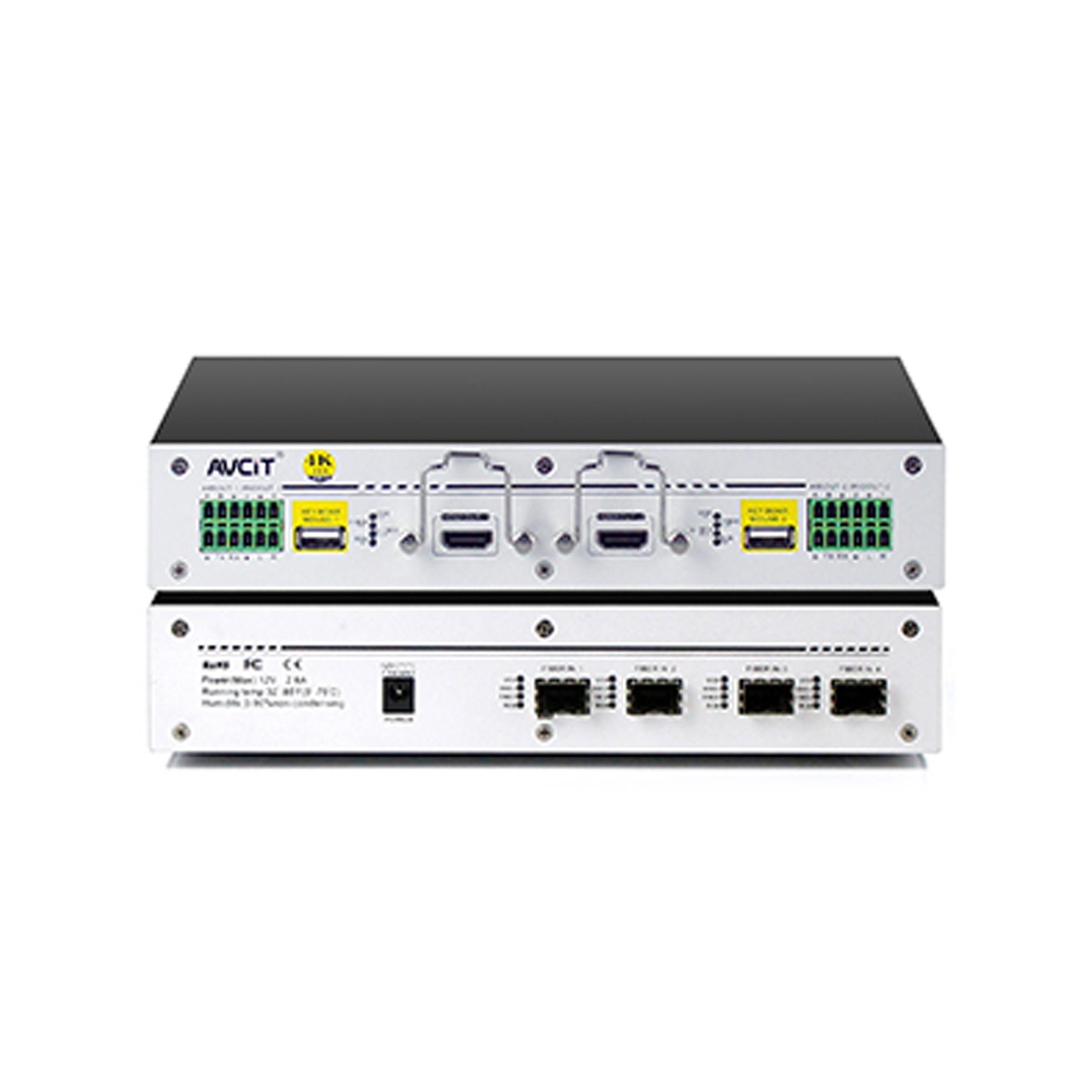 Quad-view KVM Receiver-HDMI
Quad-view KVM Receiver-HDMI
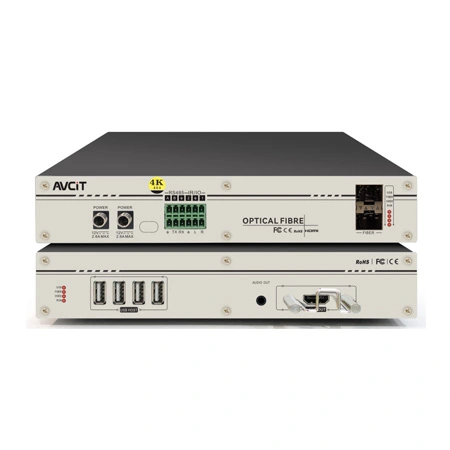 4K60 KVM Receiver - HDMI
4K60 KVM Receiver - HDMI
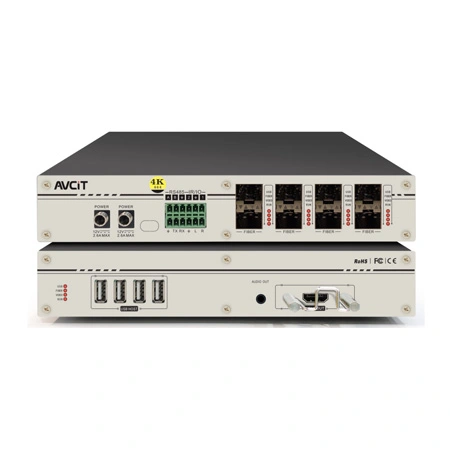 4K60 Quad-view KVM Receiver
4K60 Quad-view KVM Receiver
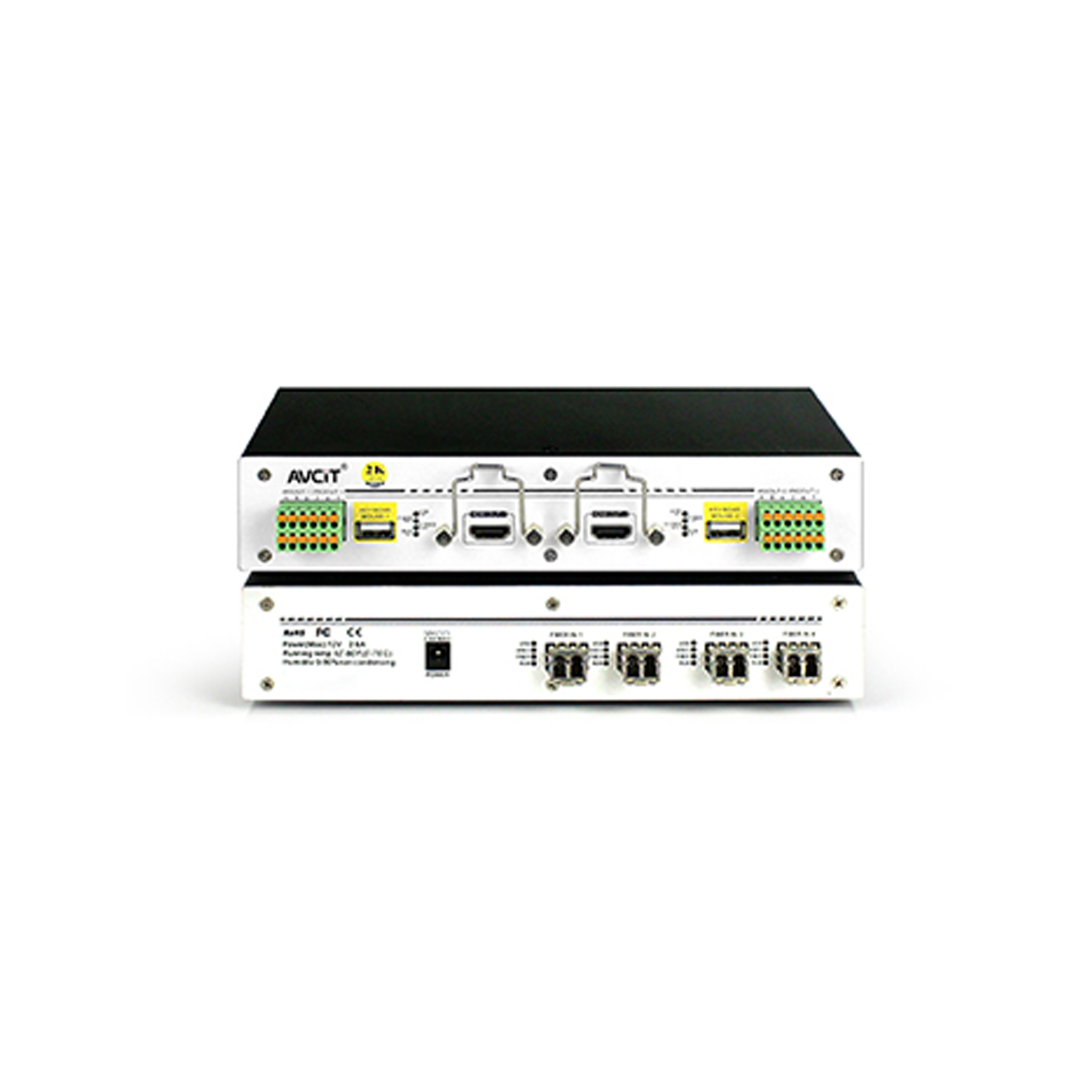 2K KVM Receiver-HDMI
2K KVM Receiver-HDMI
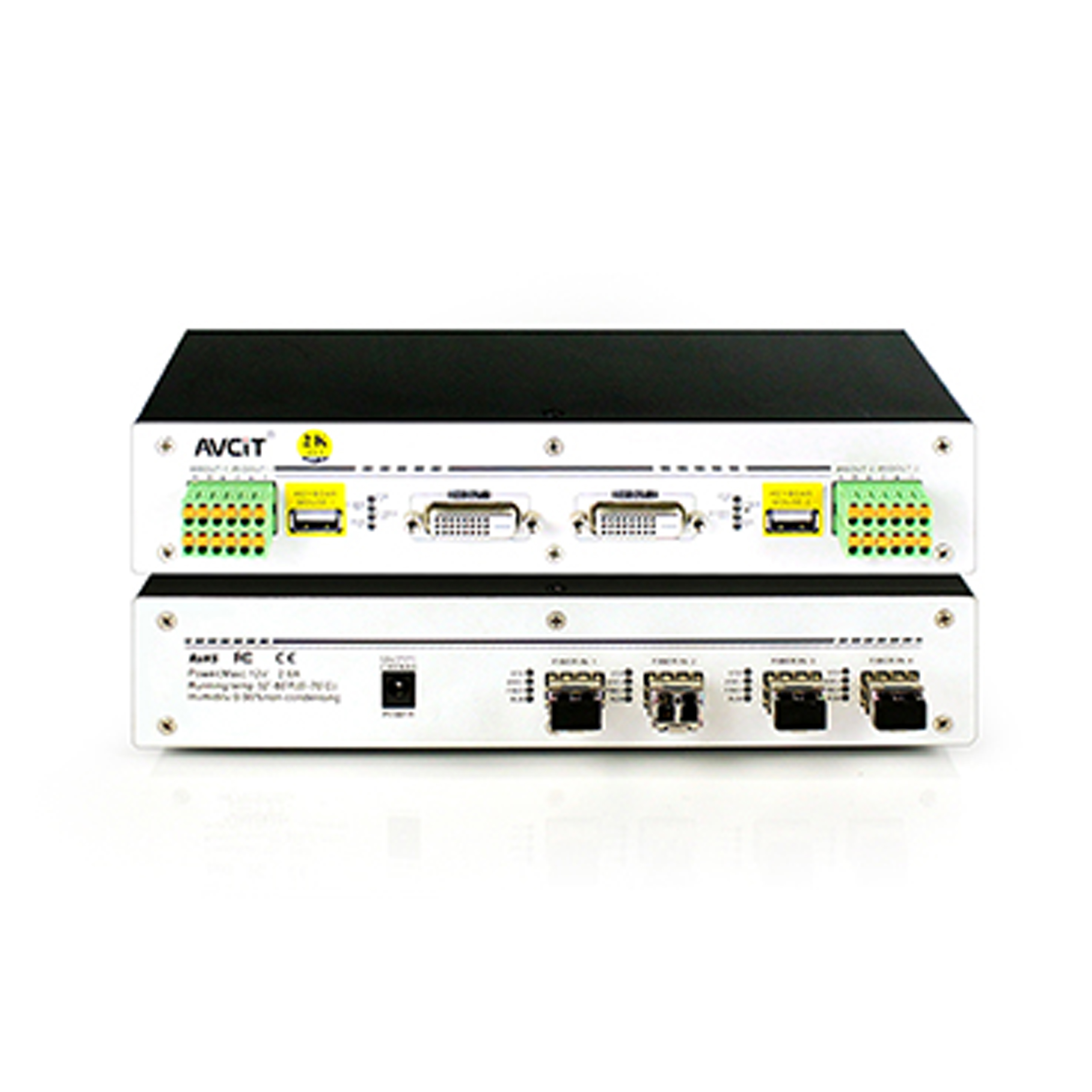 2K KVM Receiver-DVI
2K KVM Receiver-DVI
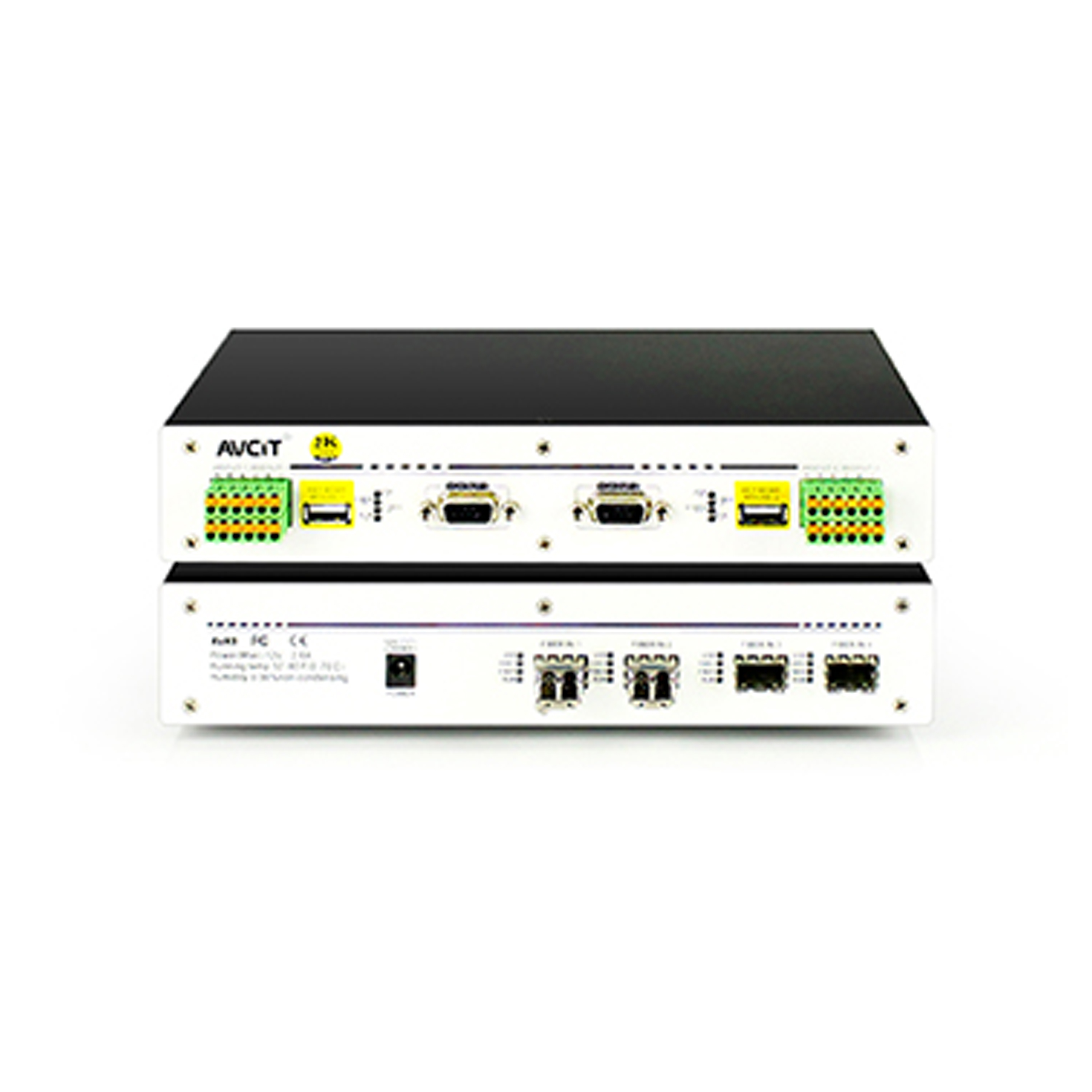 2K KVM Receiver-VGA
2K KVM Receiver-VGA
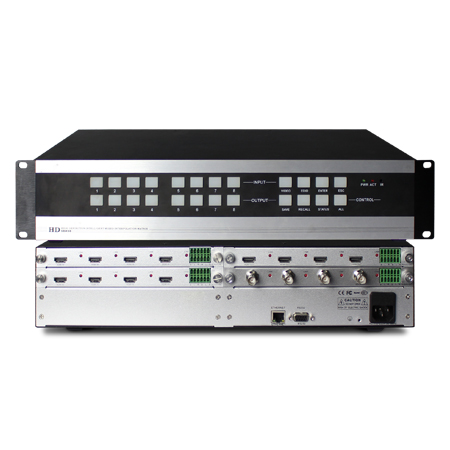 2K Video Wall Matrix - 8x8
2K Video Wall Matrix - 8x8
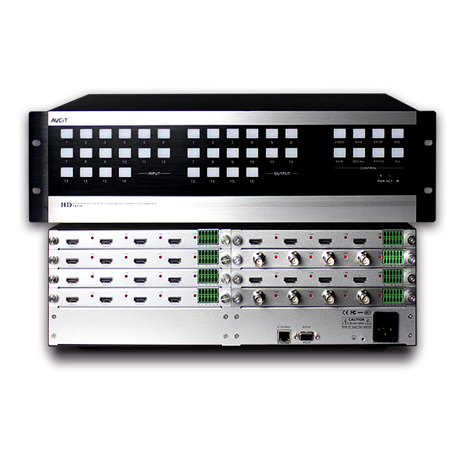 2K Video Wall Matrix - 16x16
2K Video Wall Matrix - 16x16
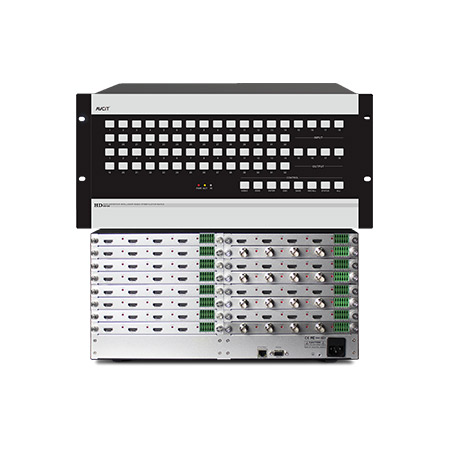 2K Video Wall Matrix - 32x32
2K Video Wall Matrix - 32x32
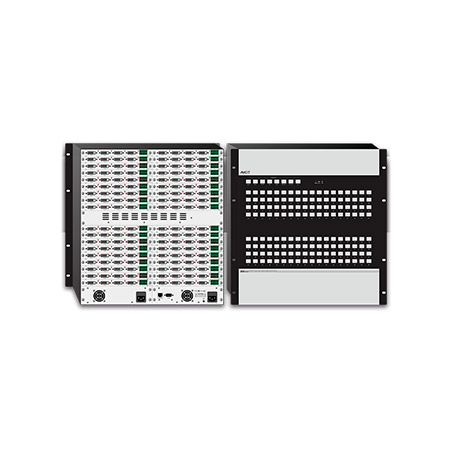 2K Video Wall Matrix - 72x72
2K Video Wall Matrix - 72x72
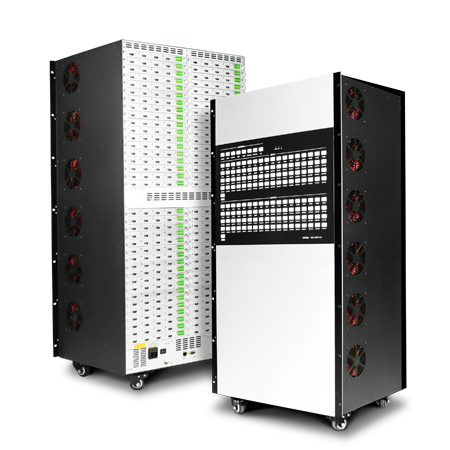 2K Video Wall Matrix - 144x144
2K Video Wall Matrix - 144x144
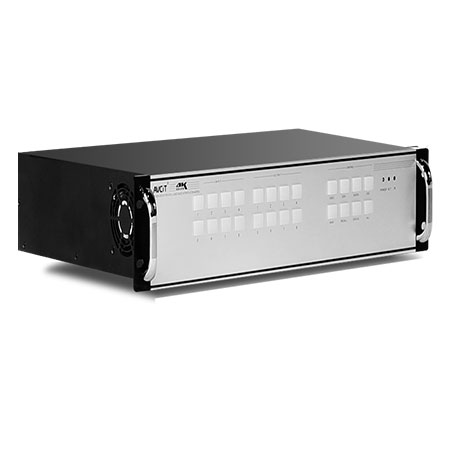 4K Video Matrix Switcher - 8x8
4K Video Matrix Switcher - 8x8
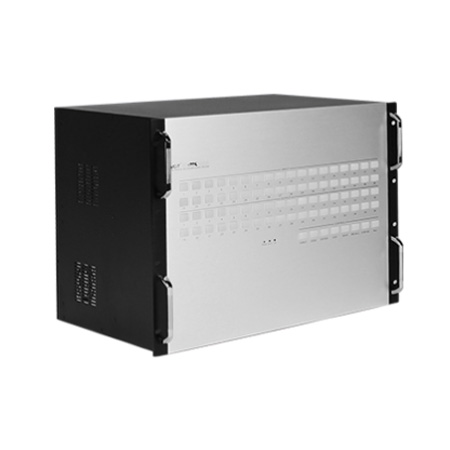 4K Video Matrix Switcher - 18x18
4K Video Matrix Switcher - 18x18
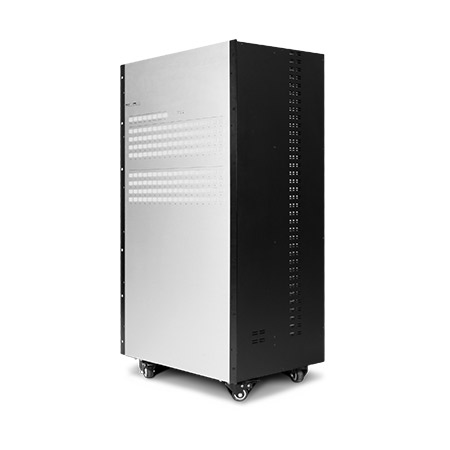 4K Video Matrix Switcher - 72x72
4K Video Matrix Switcher - 72x72
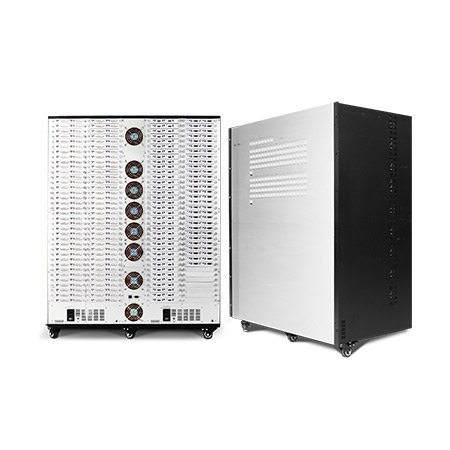 4K Video Matrix Switcher - 144x144
4K Video Matrix Switcher - 144x144
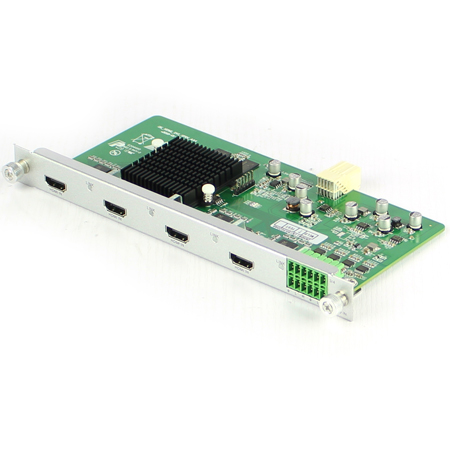 Mixing HD-2K HDMI Input Card
Mixing HD-2K HDMI Input Card
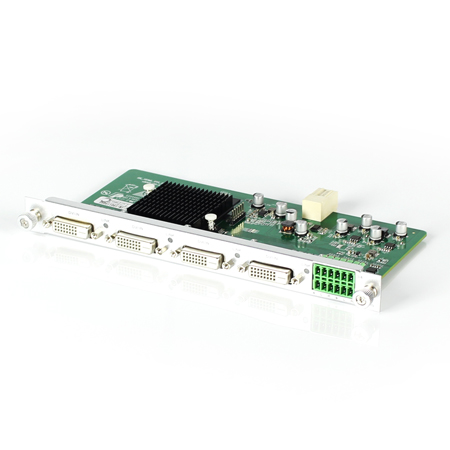 Mixing HD-2K DVI Input Card
Mixing HD-2K DVI Input Card
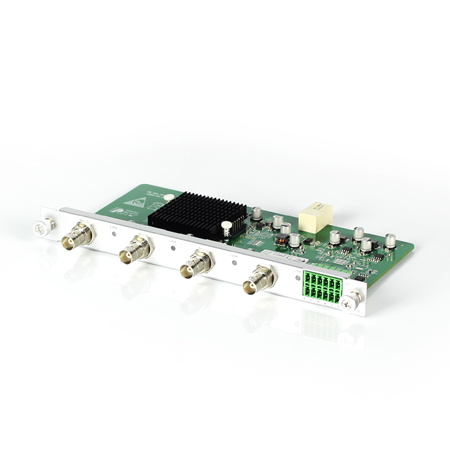 Mixing HD-2K SDI Input Card
Mixing HD-2K SDI Input Card
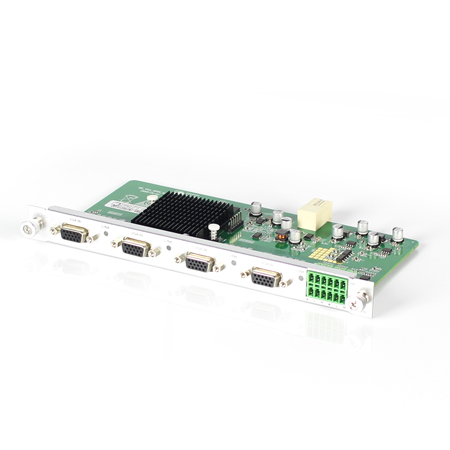 Mixing HD-2K VGA Input Card
Mixing HD-2K VGA Input Card
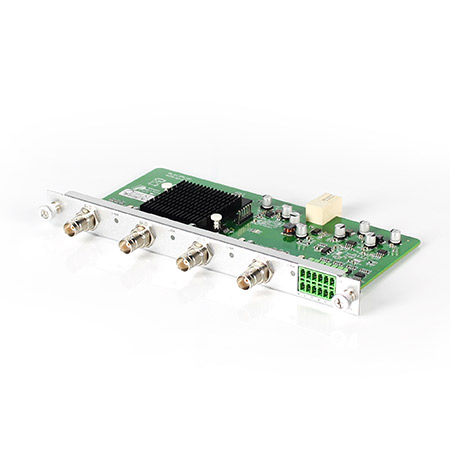 Mixing HD-2K AV Input Card
Mixing HD-2K AV Input Card
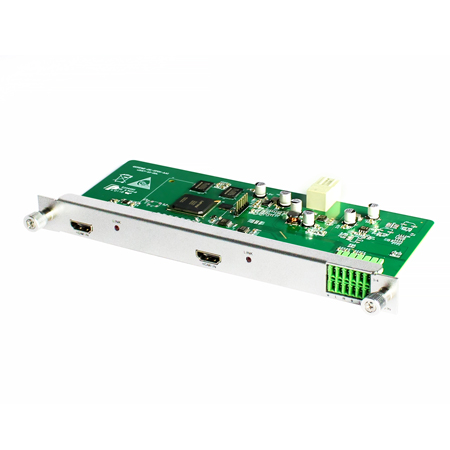 Mixing HD-HDMI UHD Input Card
Mixing HD-HDMI UHD Input Card
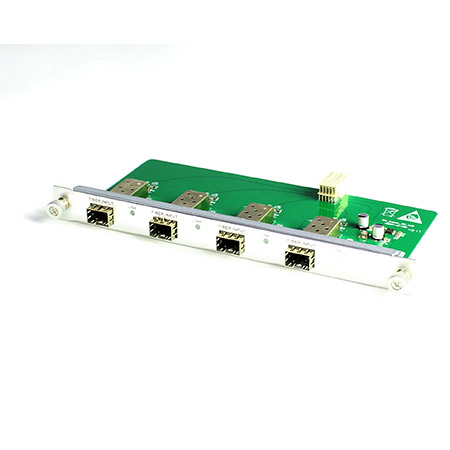 Mixing HD-Fiber Input Card
Mixing HD-Fiber Input Card
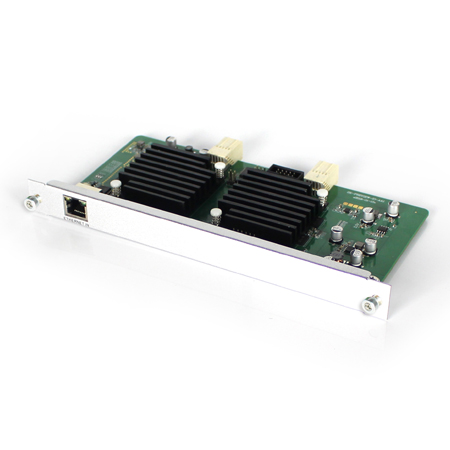 Mixing HD-IP Input Card
Mixing HD-IP Input Card
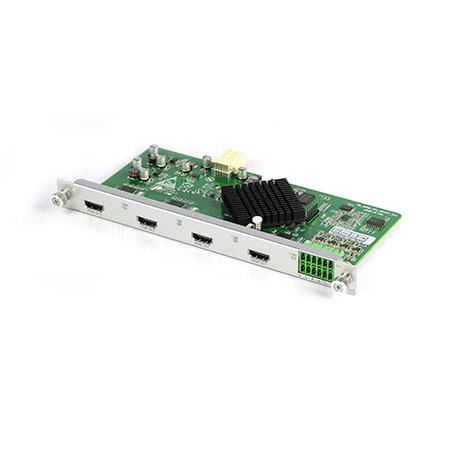 Mixing HD-HDMI Output Card
Mixing HD-HDMI Output Card
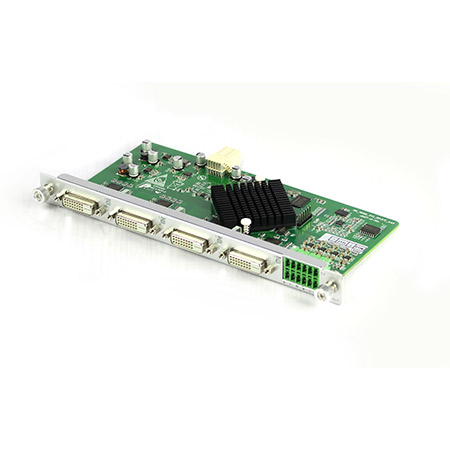 Mixing HD-DVI Output Card
Mixing HD-DVI Output Card
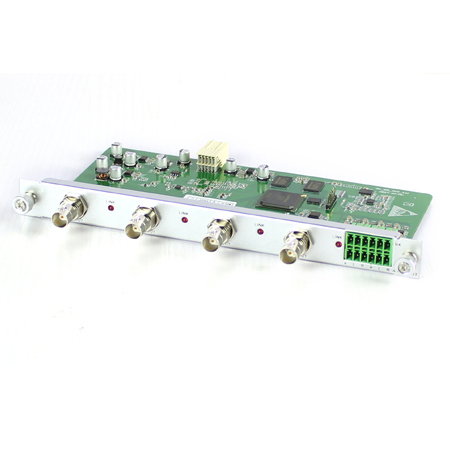 Mixing HD-SDI Output Card
Mixing HD-SDI Output Card
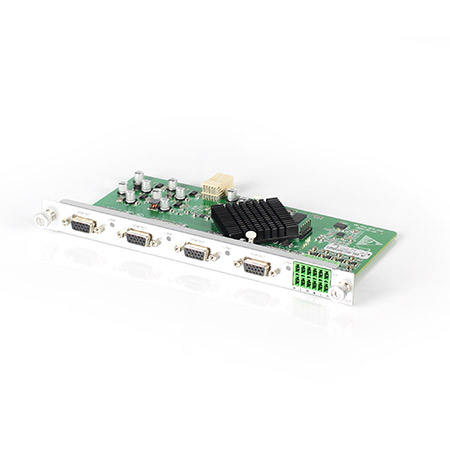 Mixing HD-VGA Output Card
Mixing HD-VGA Output Card
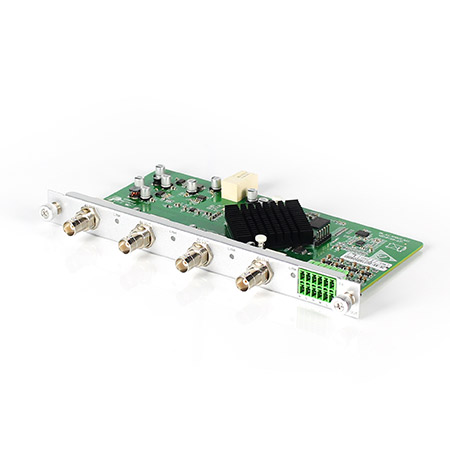 Mixing HD-AV Output Card
Mixing HD-AV Output Card
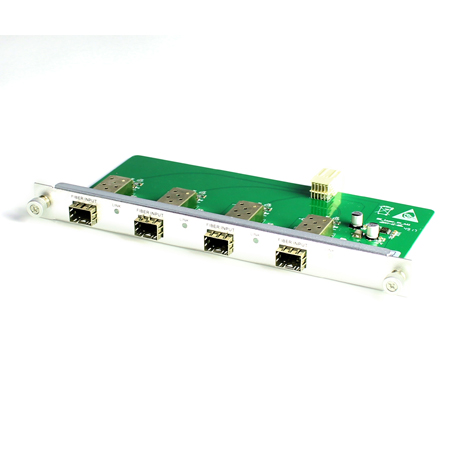 Mixing HD-Fiber Output Card
Mixing HD-Fiber Output Card
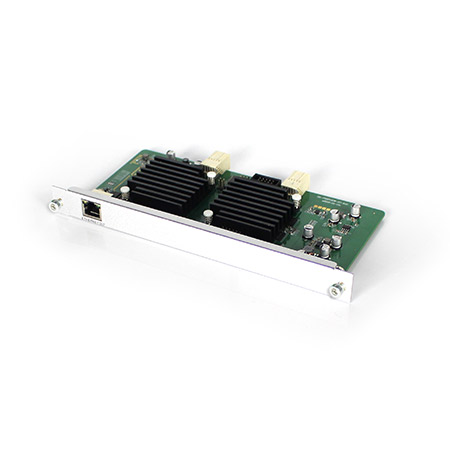 Mixing HD-IP Output Card
Mixing HD-IP Output Card
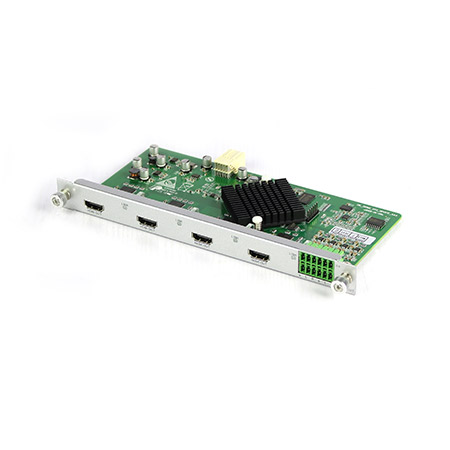 Mixing HD-HDMI Video Wall Control Card (1 channel)
Mixing HD-HDMI Video Wall Control Card (1 channel)
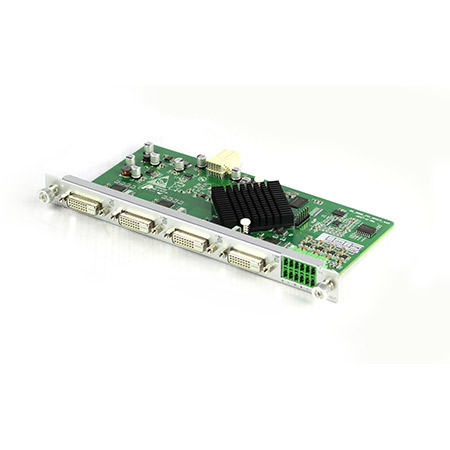 Mixing HD-DVI Video Wall Control Card (2 channel)
Mixing HD-DVI Video Wall Control Card (2 channel)
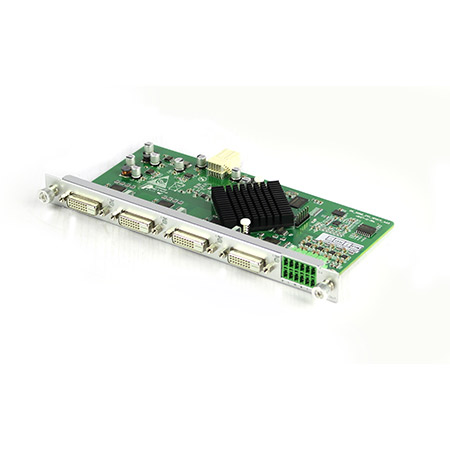 Mixing HD-DVI Video Wall Control Card (1 channel)
Mixing HD-DVI Video Wall Control Card (1 channel)
 Mixing UHD - HDMI Input Card
Mixing UHD - HDMI Input Card
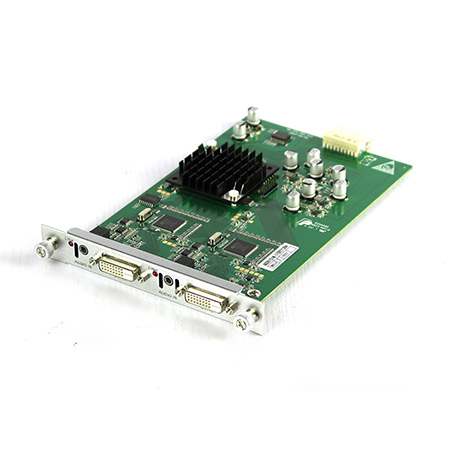 Mixing UHD - DVI Input Card
Mixing UHD - DVI Input Card
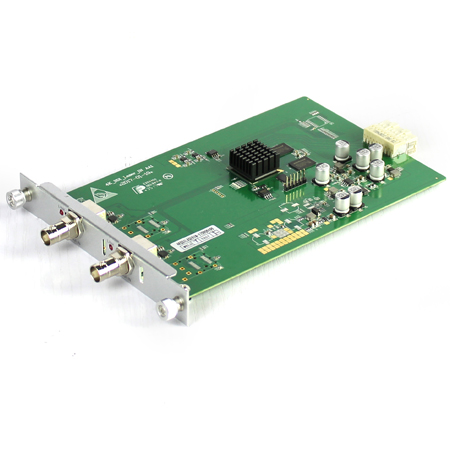 Mixing UHD - SDI Input Card
Mixing UHD - SDI Input Card
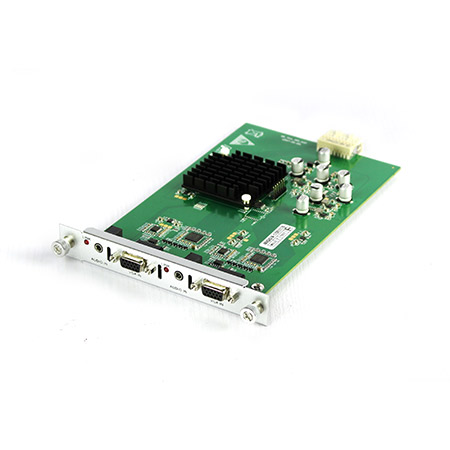 Mixing UHD - VGA Input Card
Mixing UHD - VGA Input Card
 Mixing UHD - AV Input Card
Mixing UHD - AV Input Card
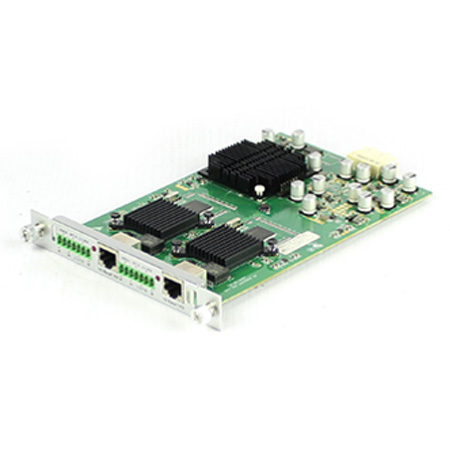 Mixing UHD - HDBT Input Card
Mixing UHD - HDBT Input Card
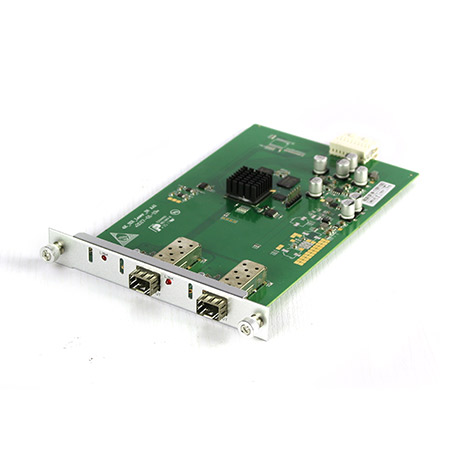 Mixing UHD - Fiber Input Card
Mixing UHD - Fiber Input Card
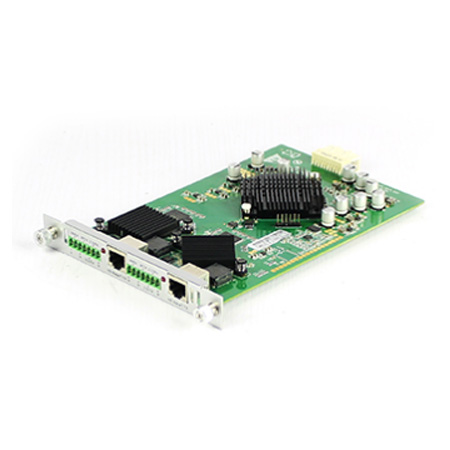 Mixing UHD - HDBT Output Card
Mixing UHD - HDBT Output Card
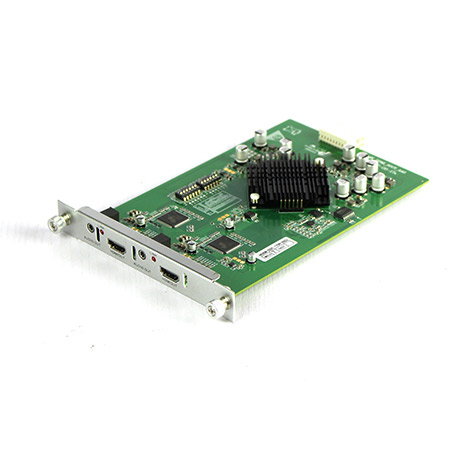 Mixing UHD - HDMI Output Card
Mixing UHD - HDMI Output Card
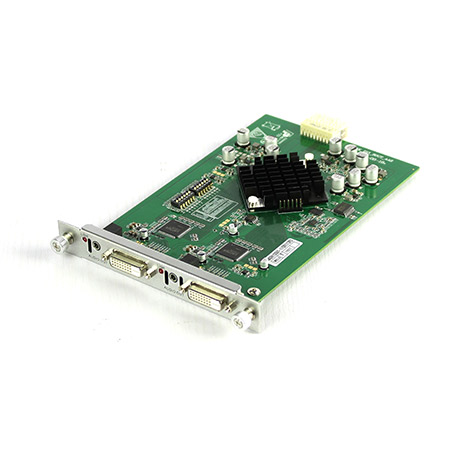 Mixing UHD - DVI Output Card
Mixing UHD - DVI Output Card
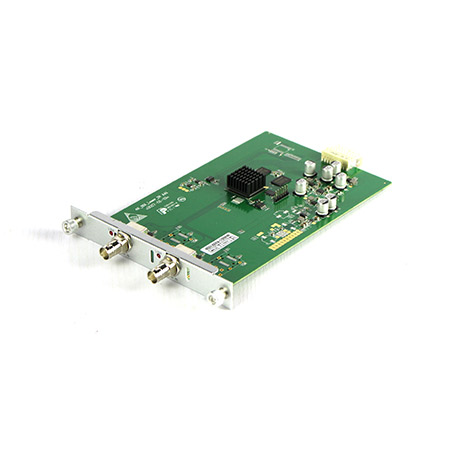 Mixing UHD - SDI Output Card
Mixing UHD - SDI Output Card
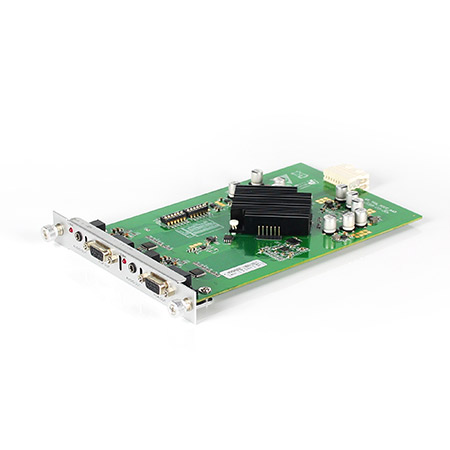 Mixing UHD - VGA Output Card
Mixing UHD - VGA Output Card
 Mixing UHD - AV Output Card
Mixing UHD - AV Output Card
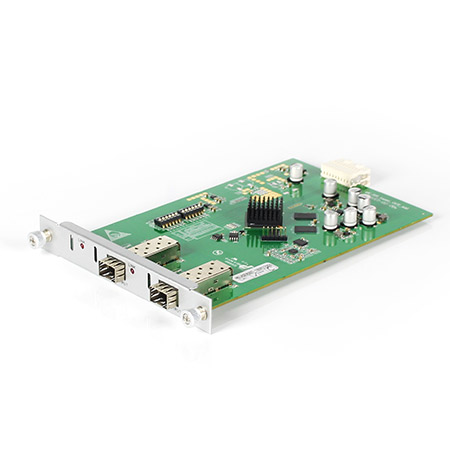 Mixing UHD - Fiber Output Card
Mixing UHD - Fiber Output Card
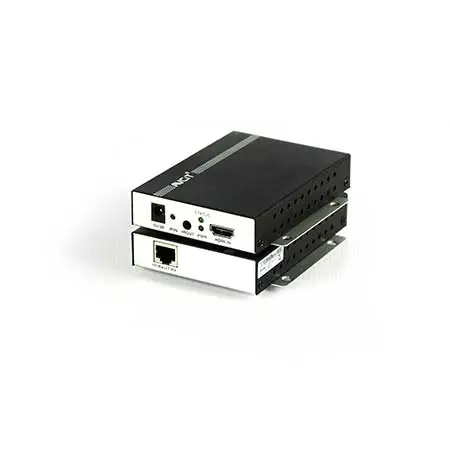 Mixing UHD - 4K HDBT Extender
Mixing UHD - 4K HDBT Extender
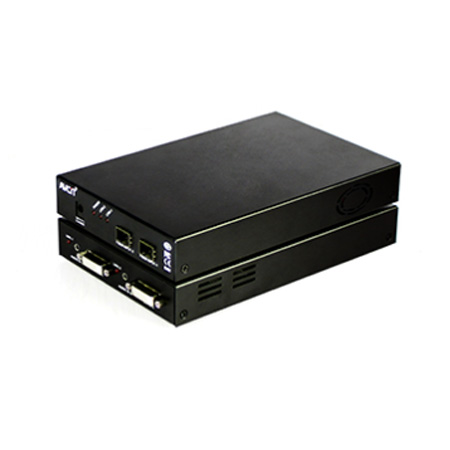 Mixing UHD - 4K Fiber Extender
Mixing UHD - 4K Fiber Extender
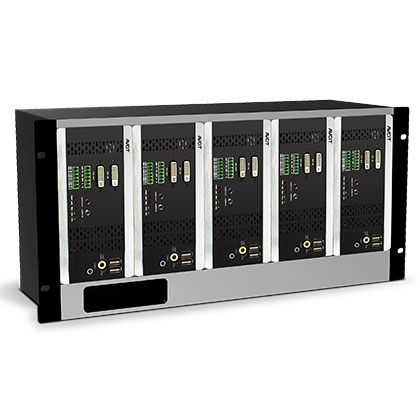 Rack Mounting Kit
Rack Mounting Kit
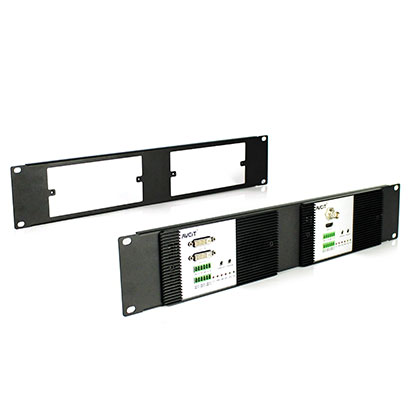 Wall Mounting Kit
Wall Mounting Kit










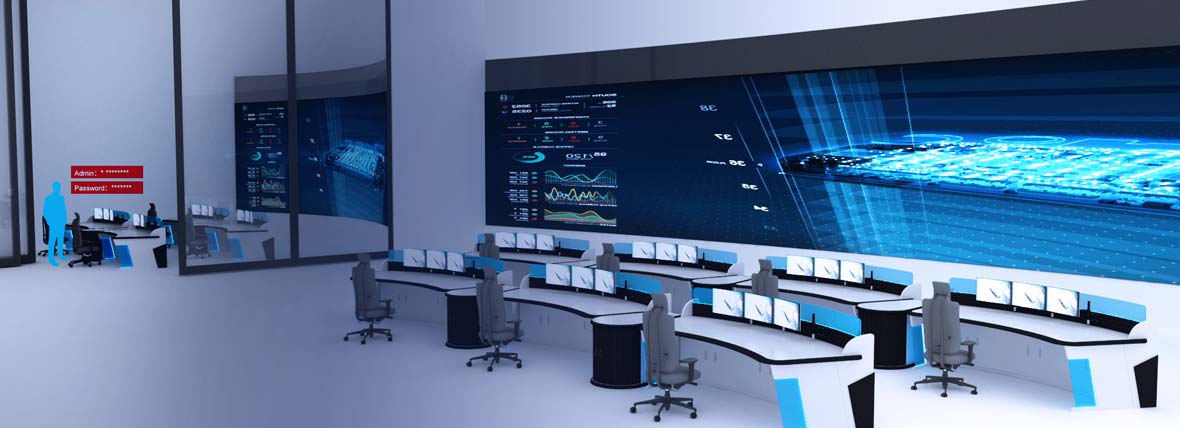


 EN
EN
 es
es  th
th 